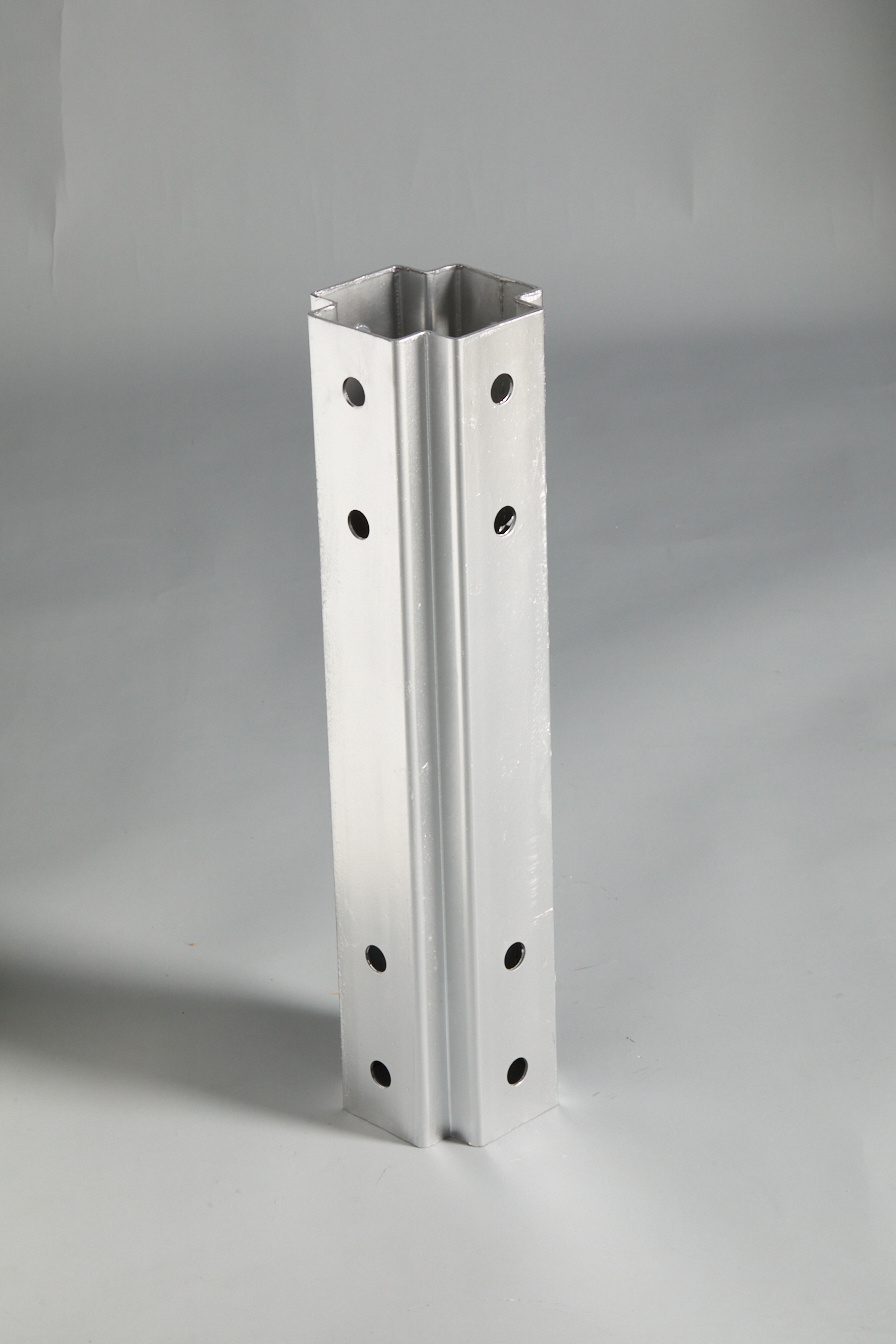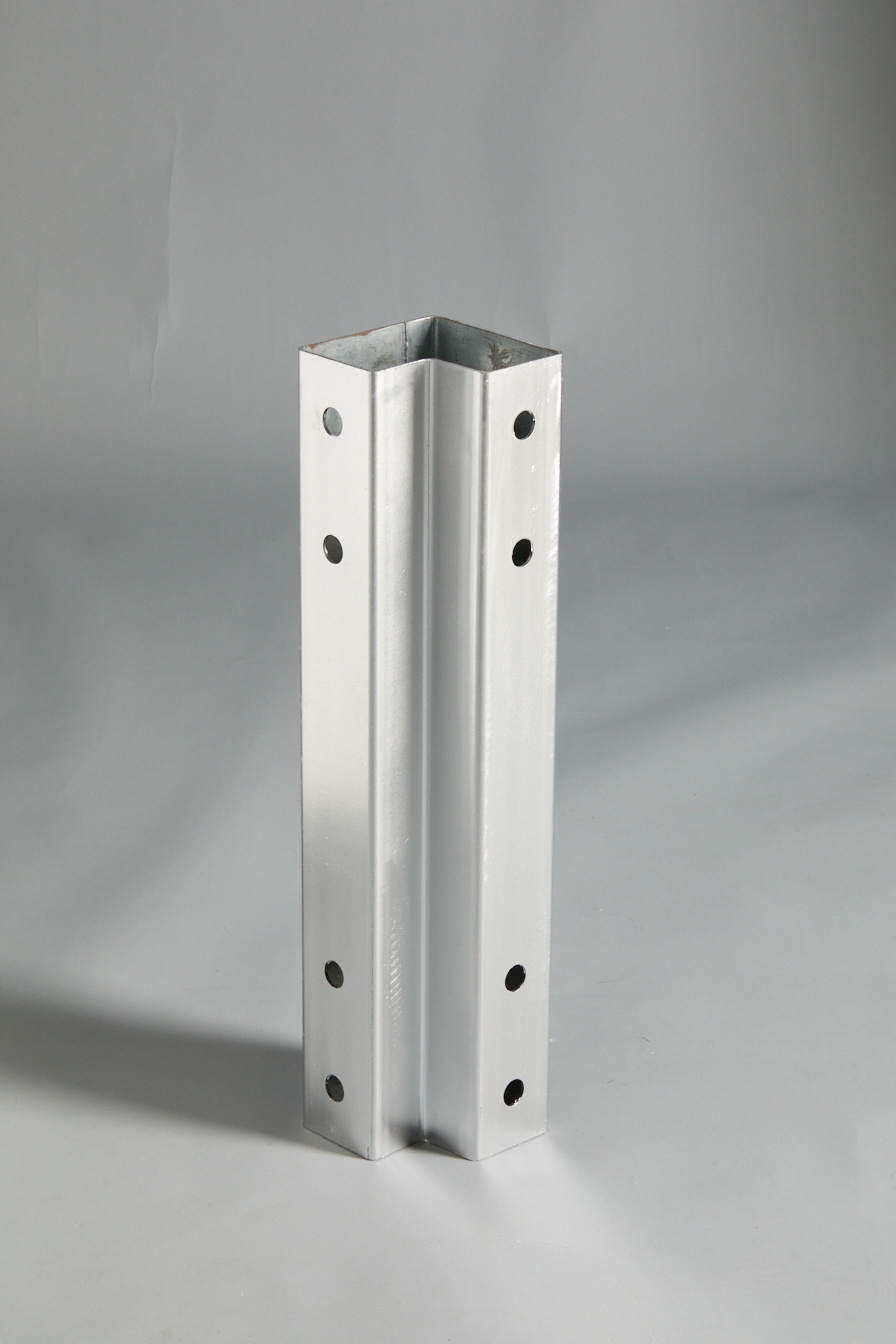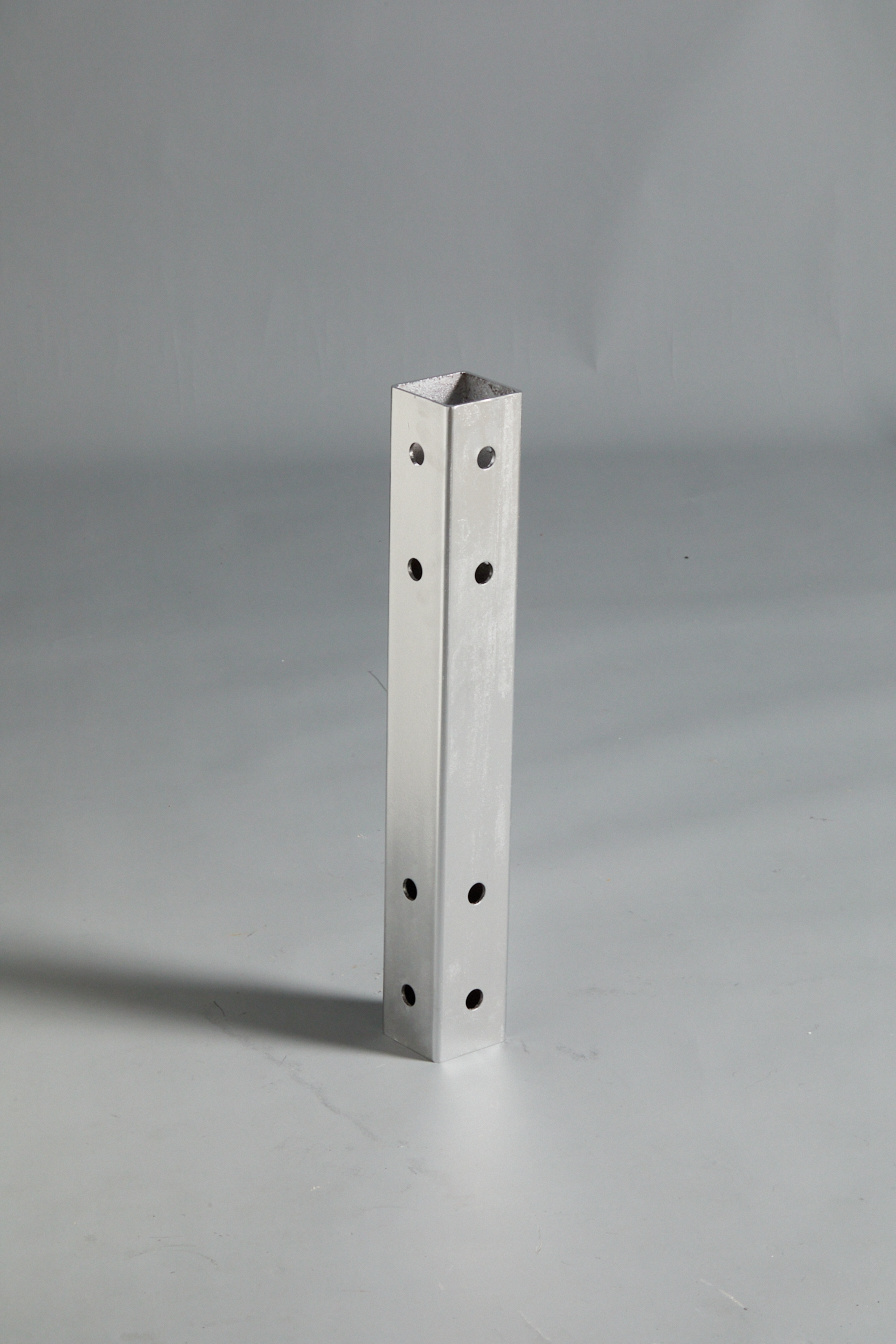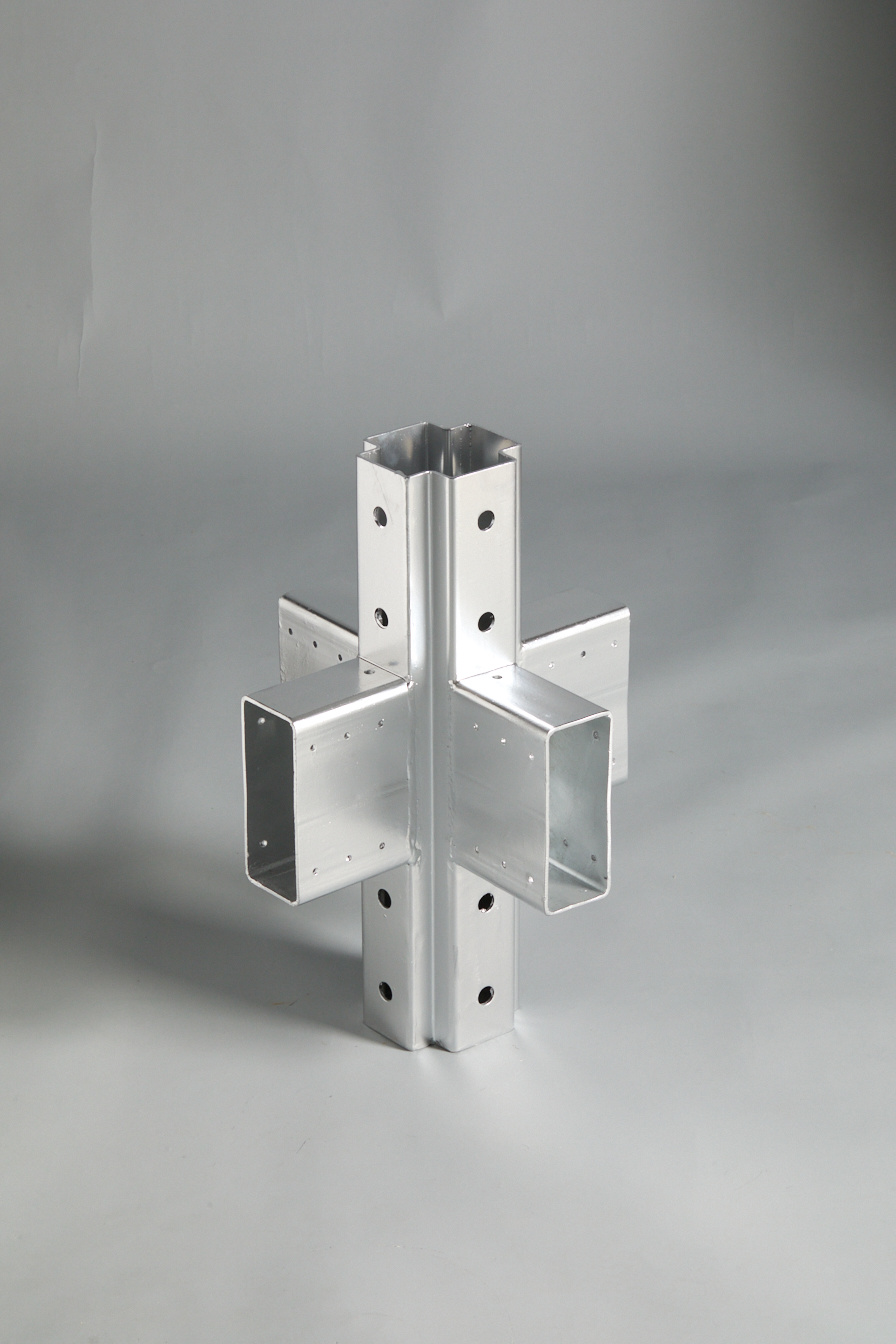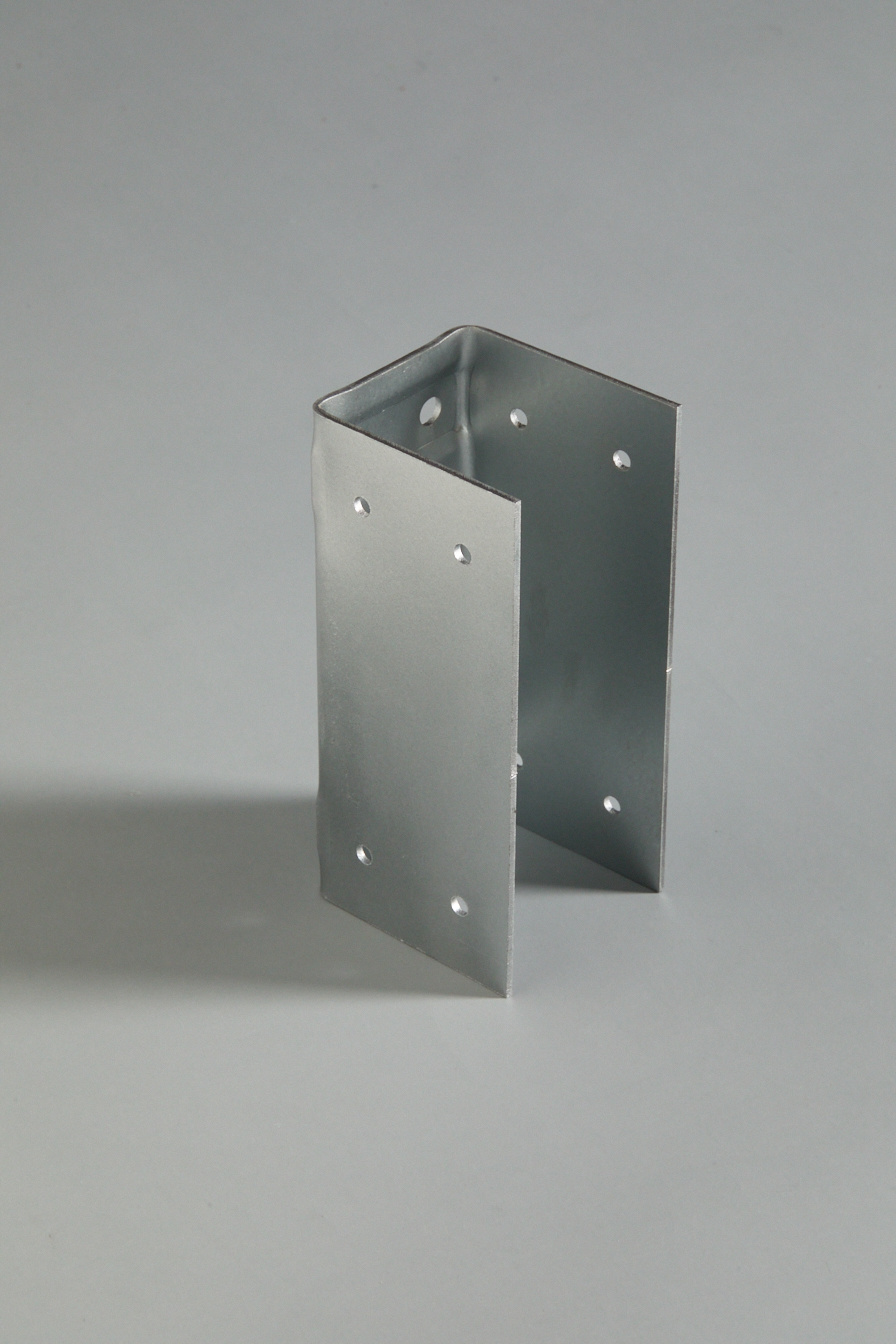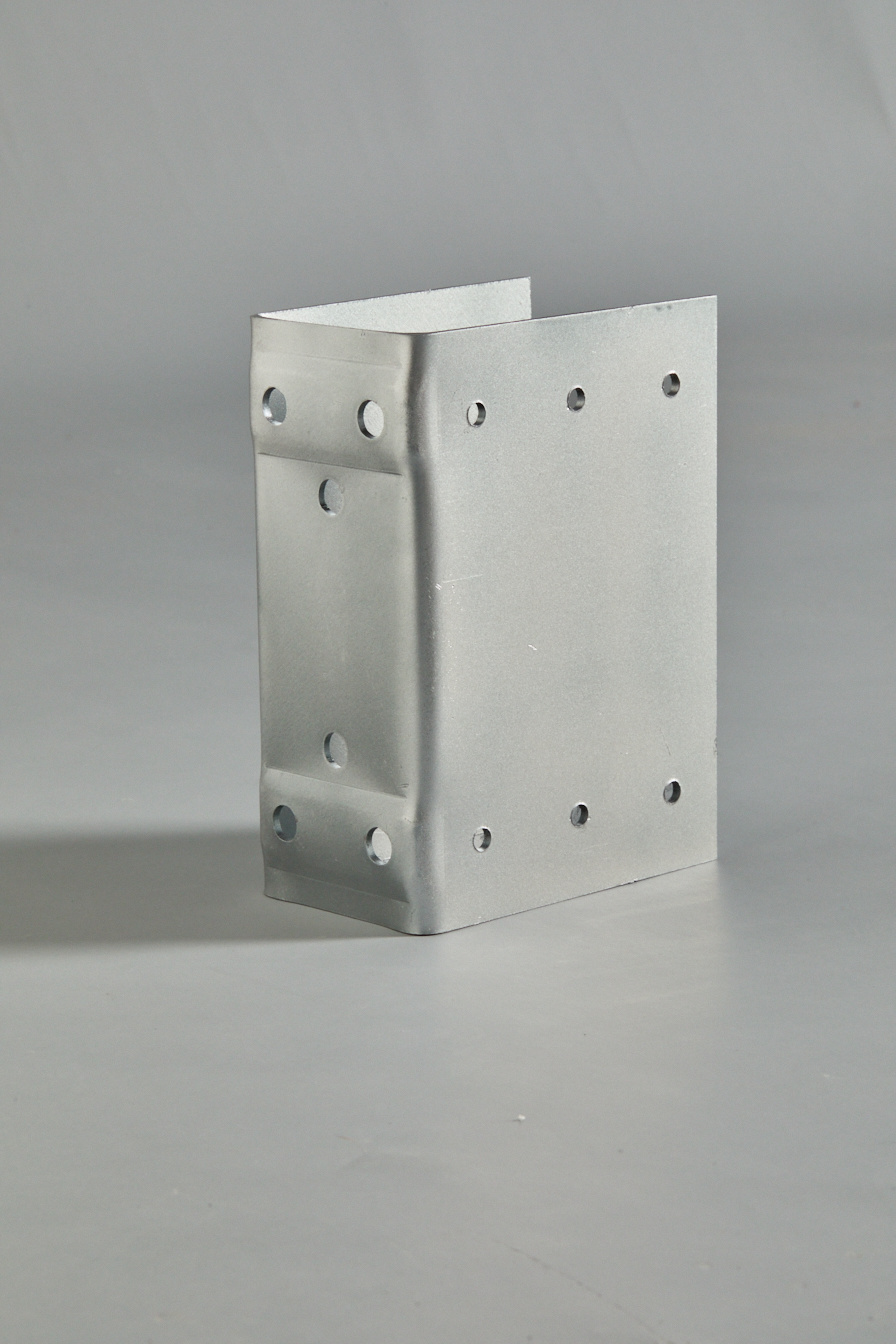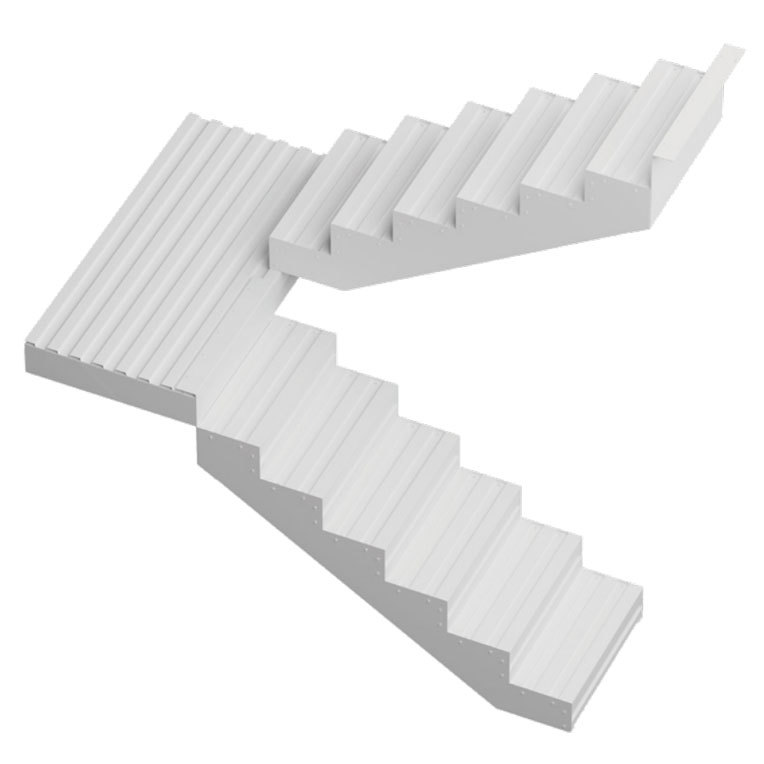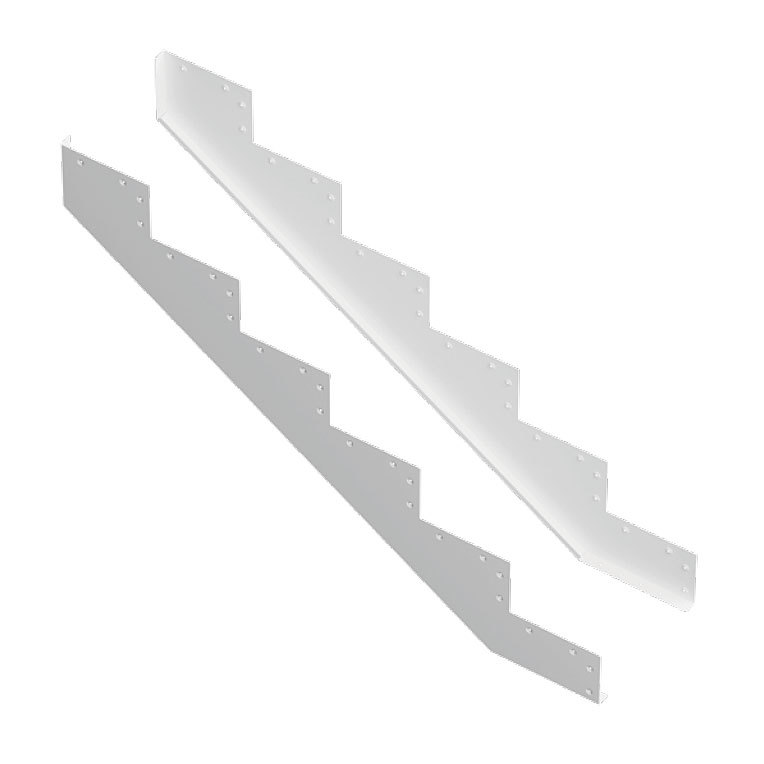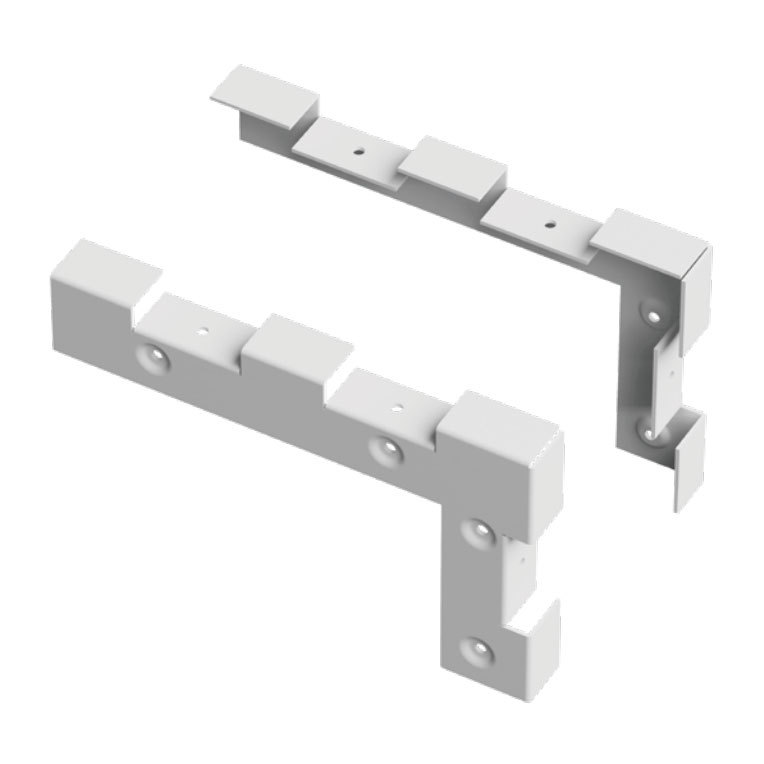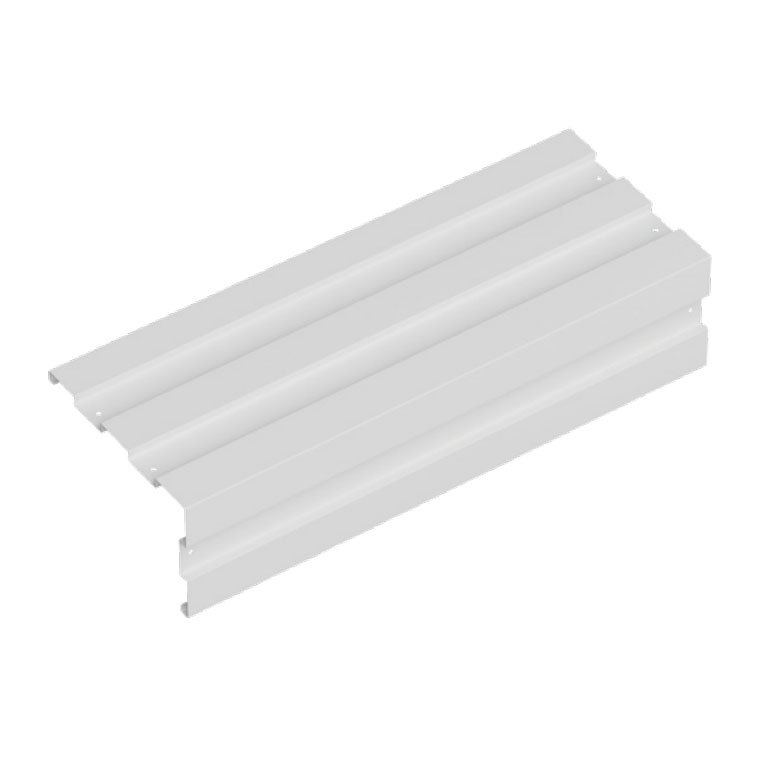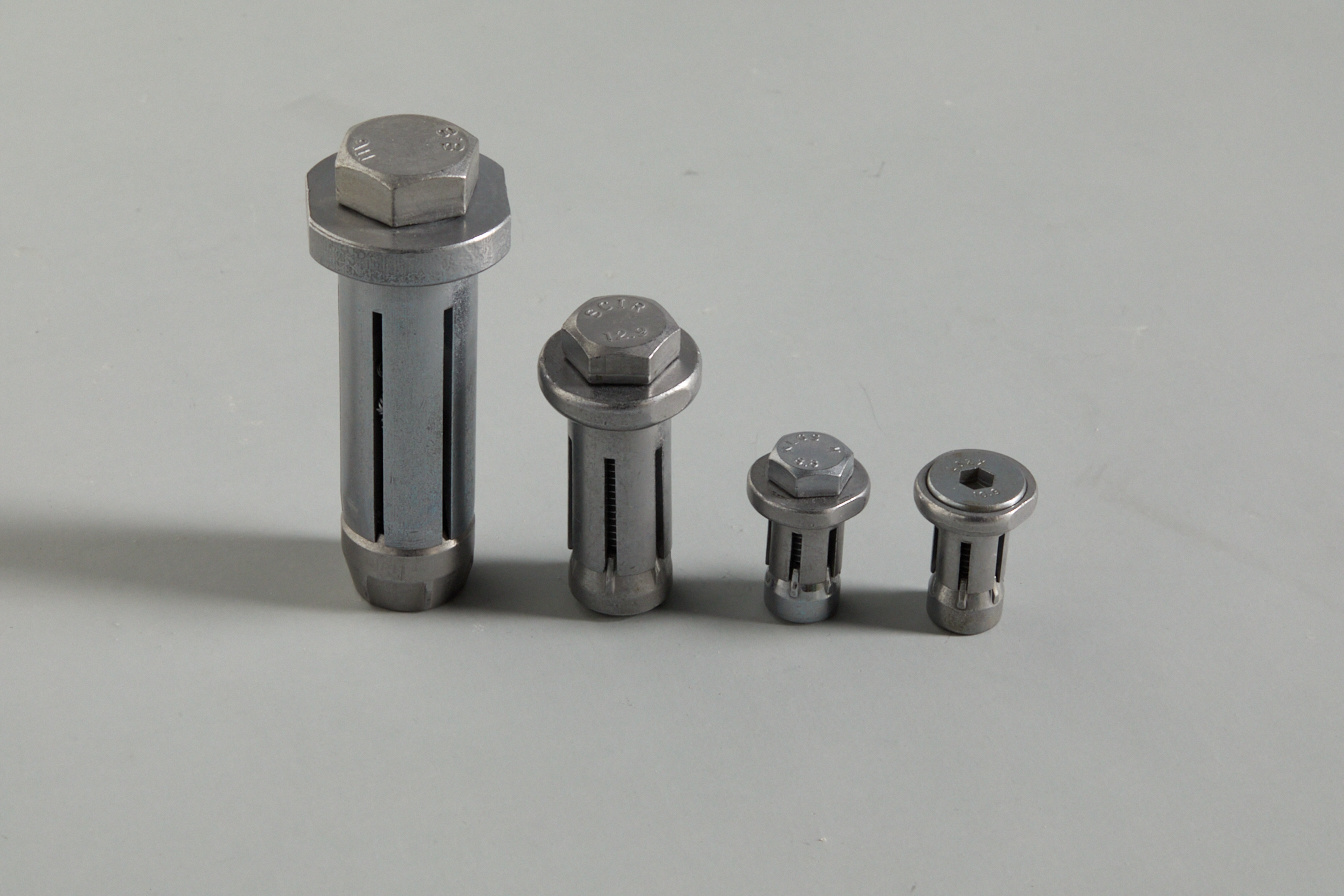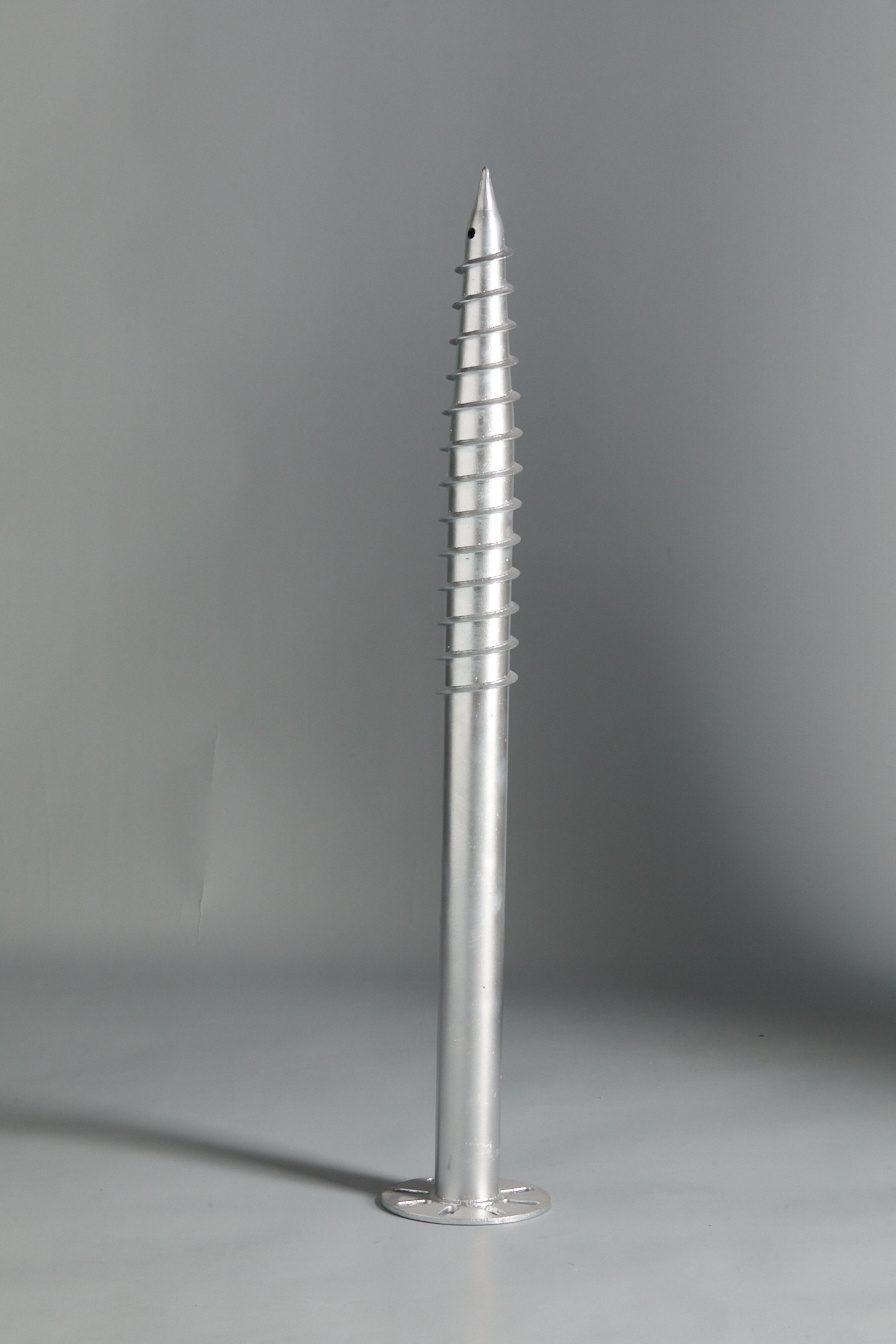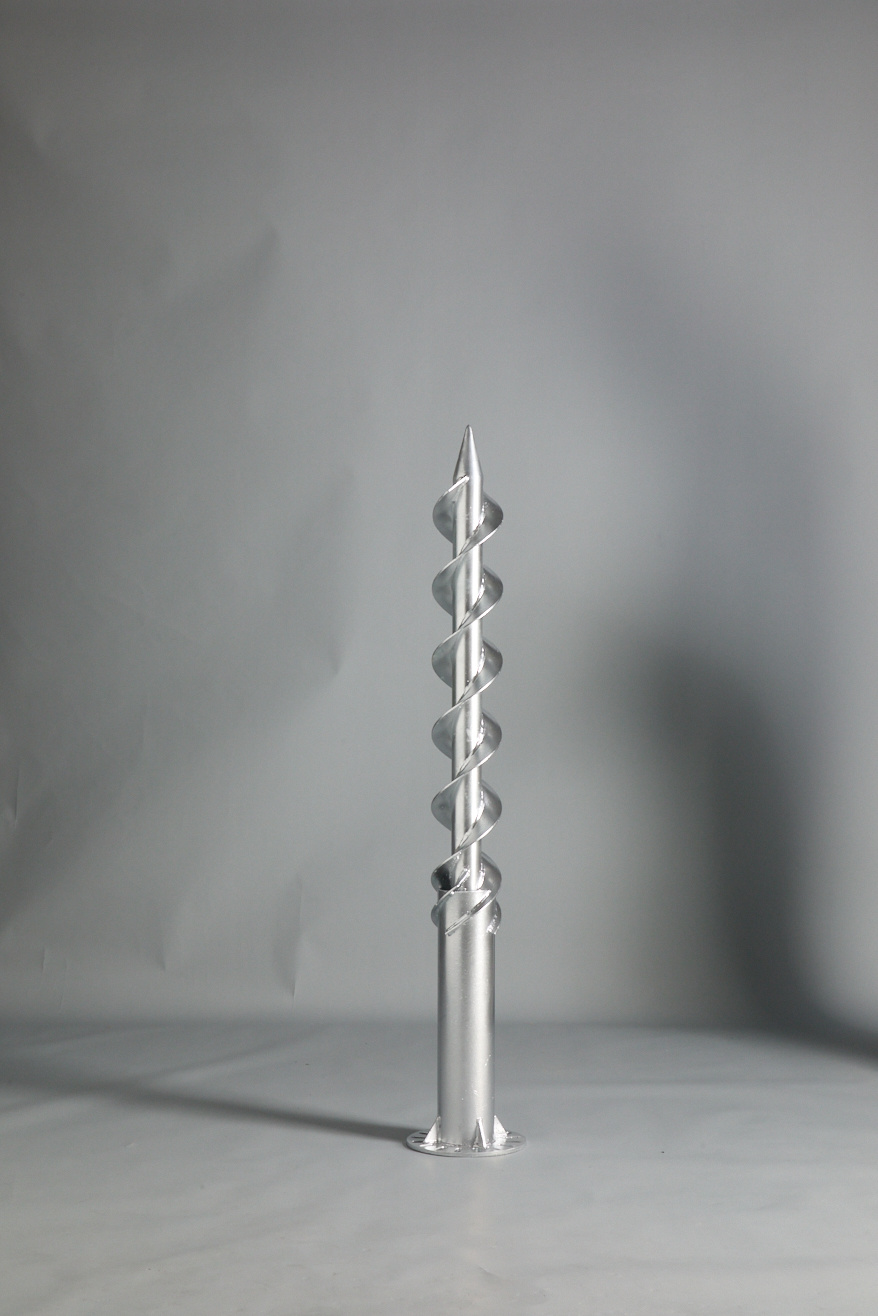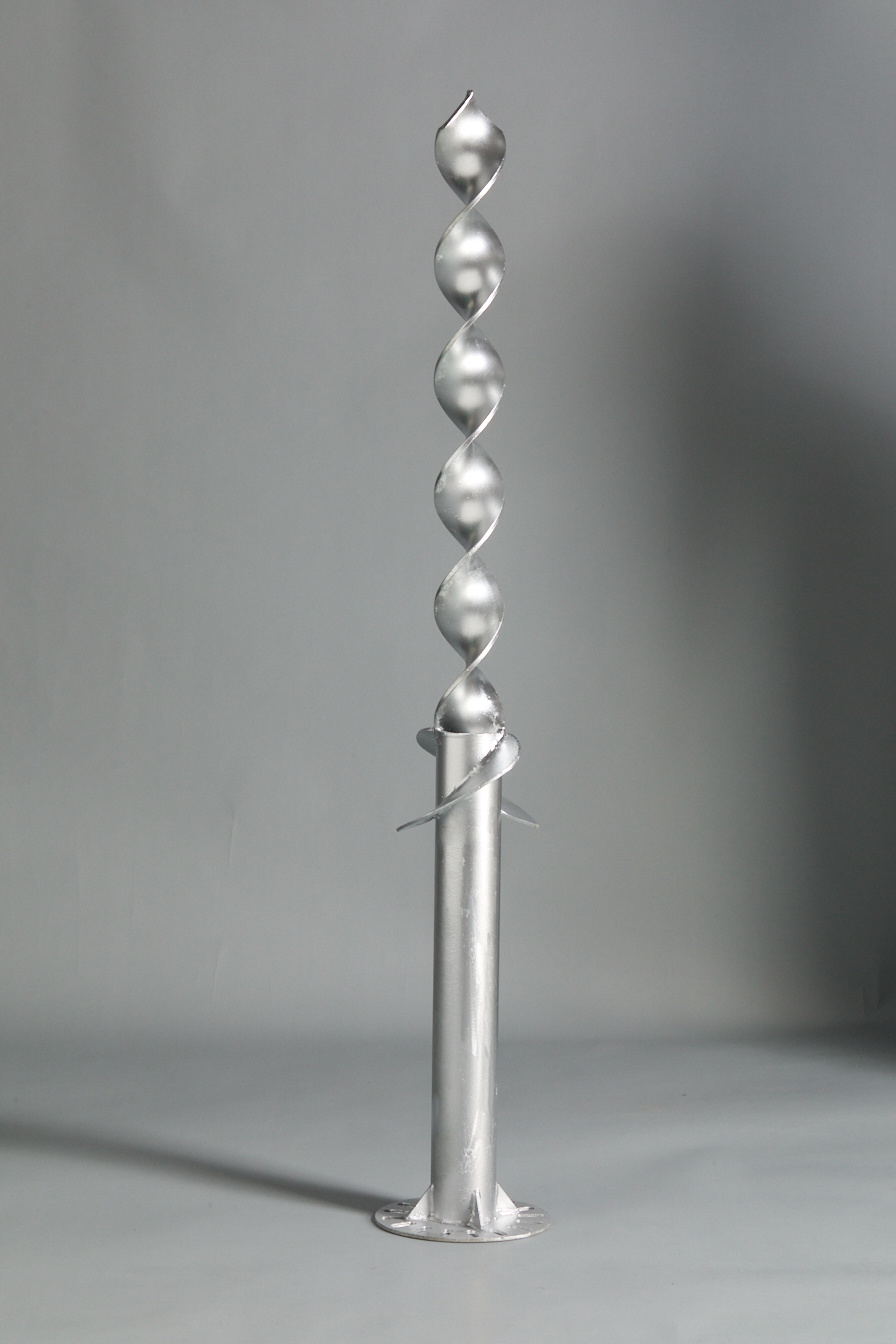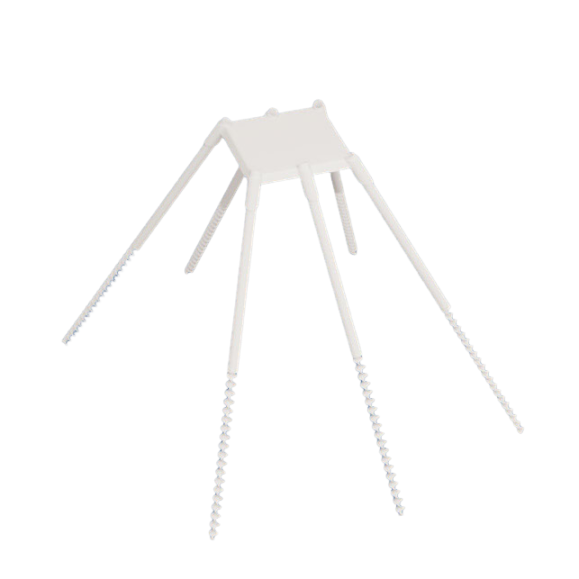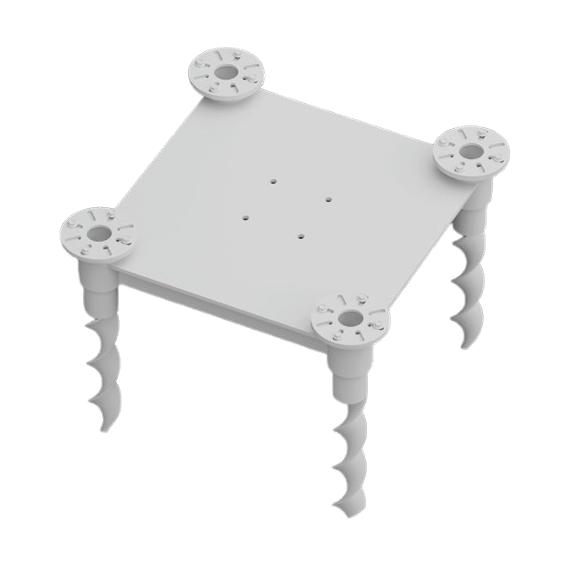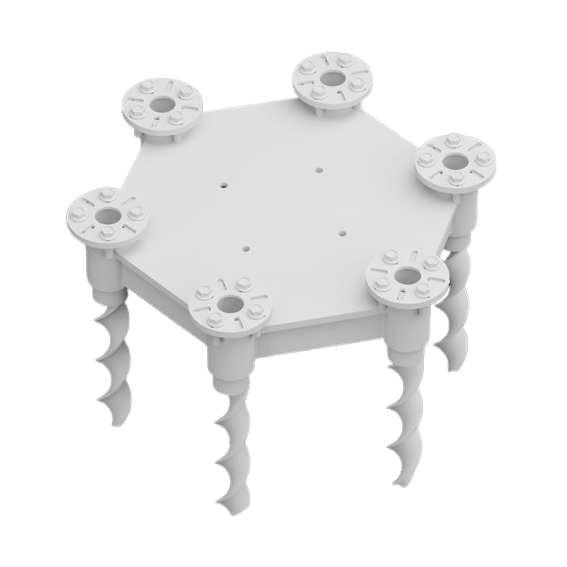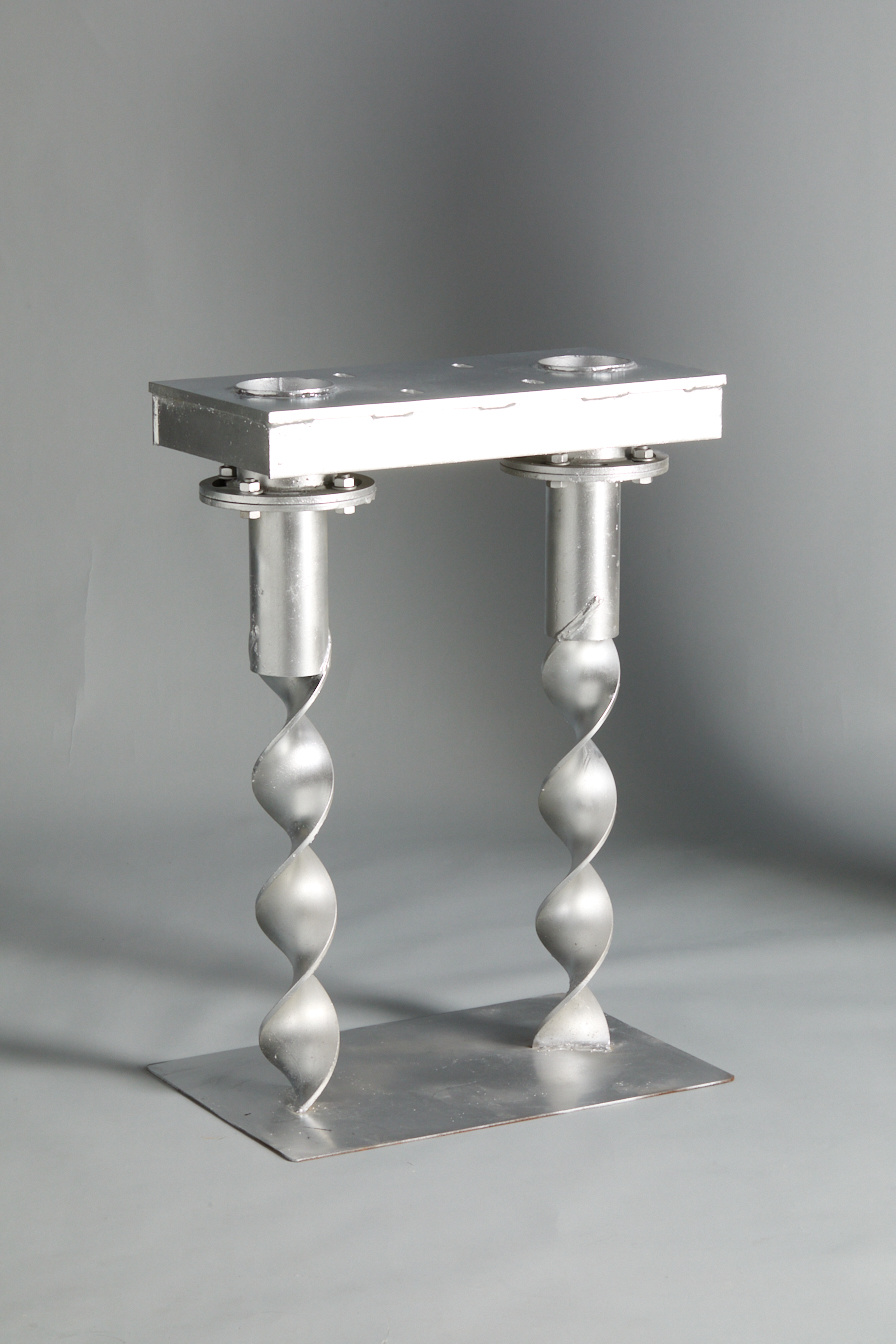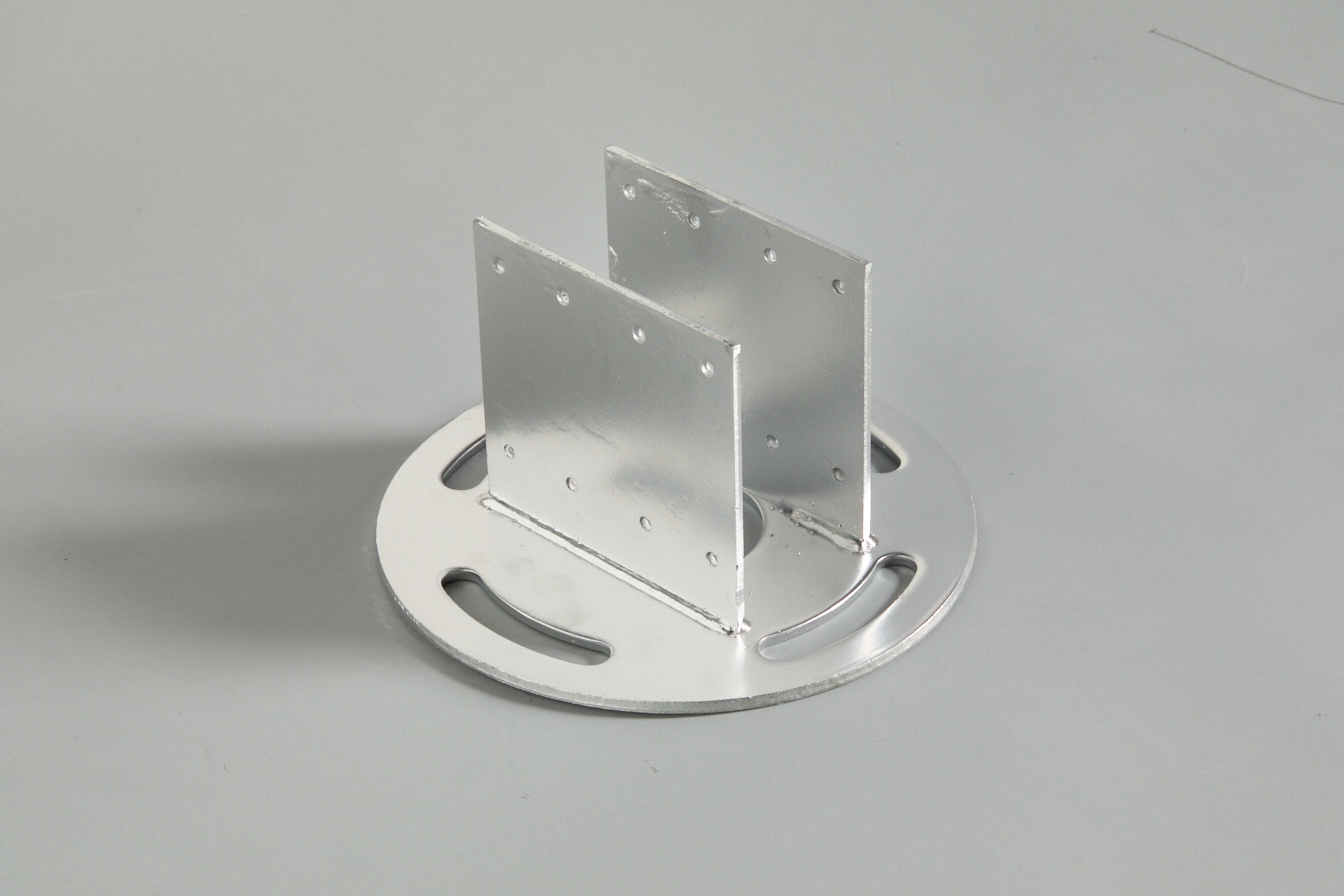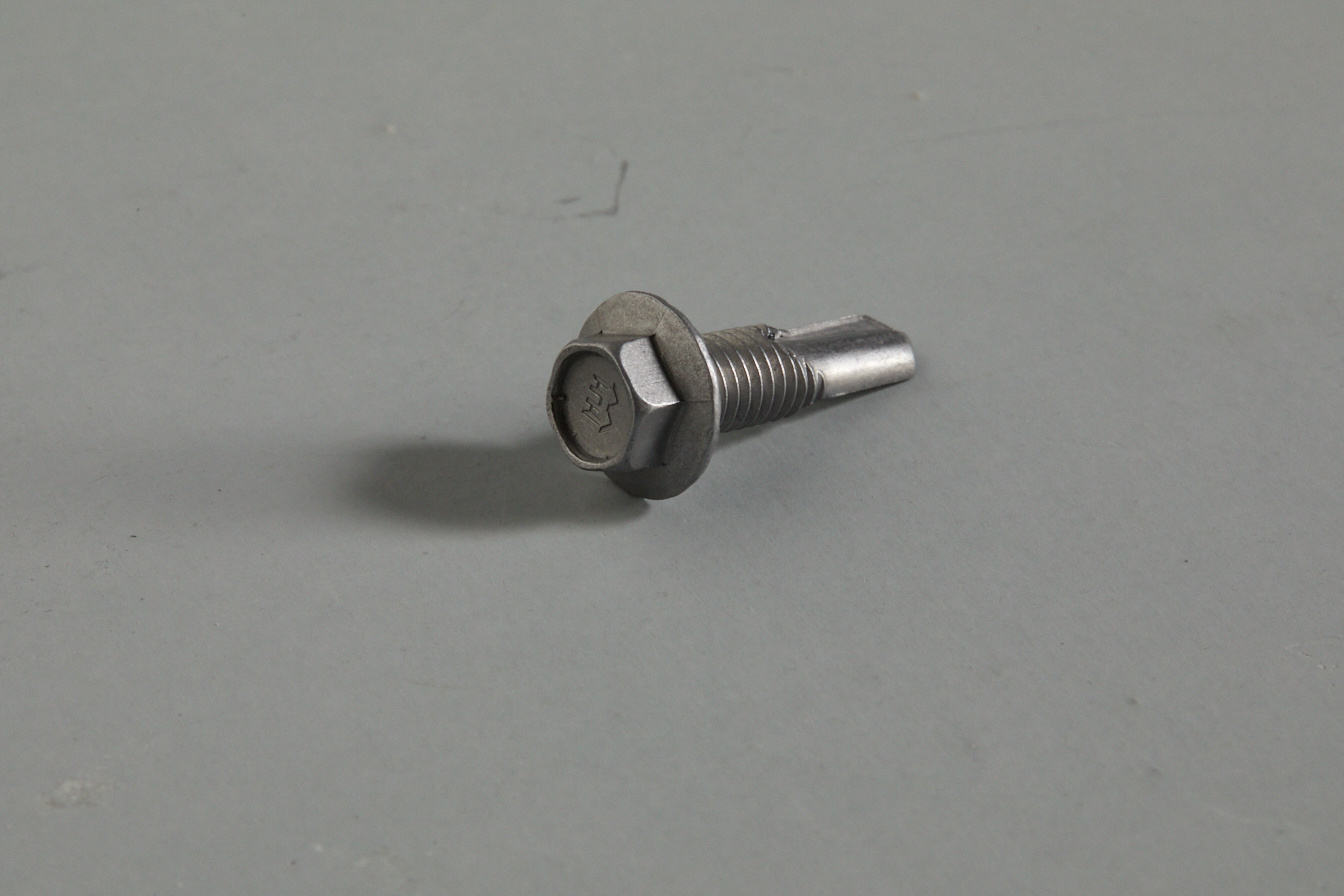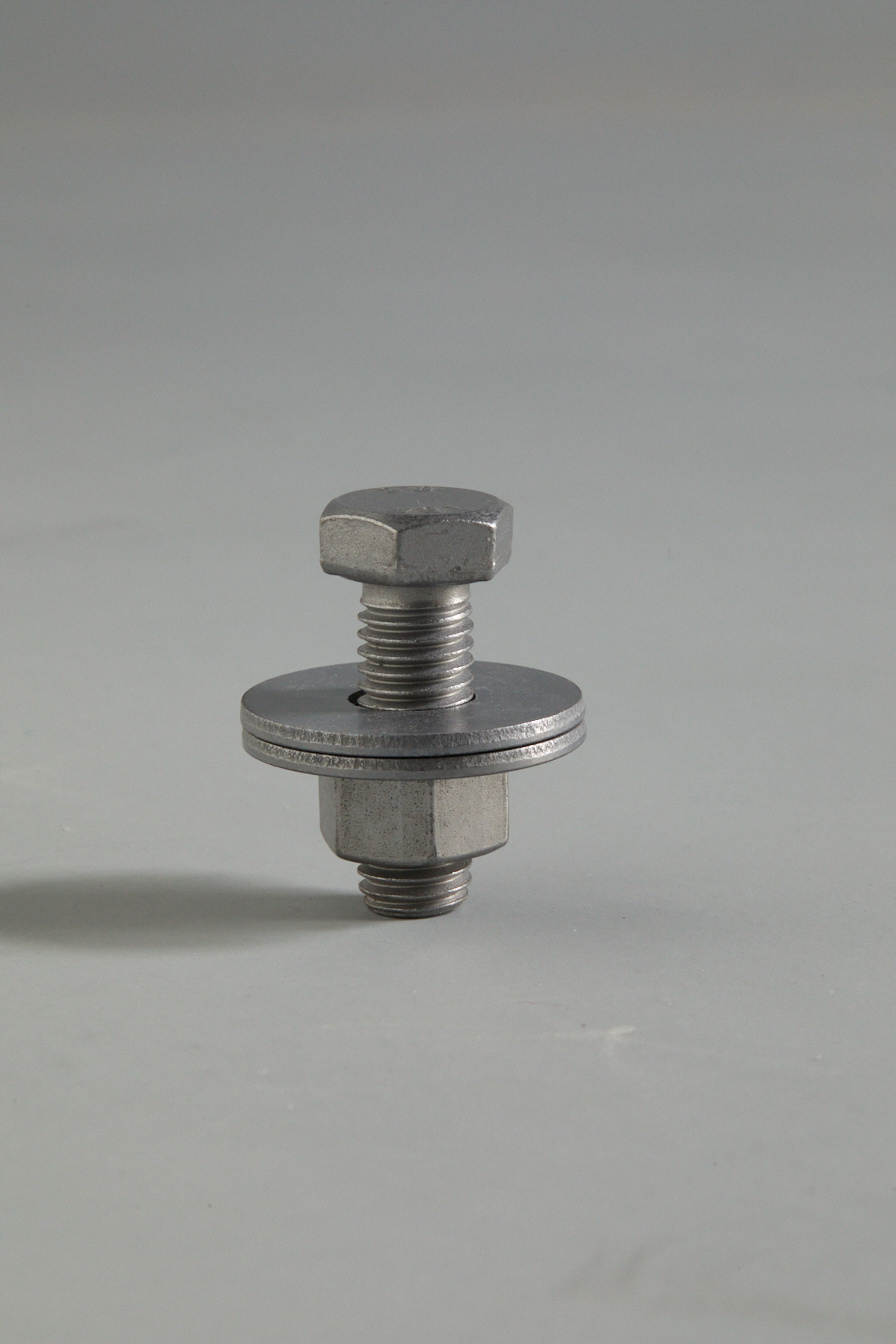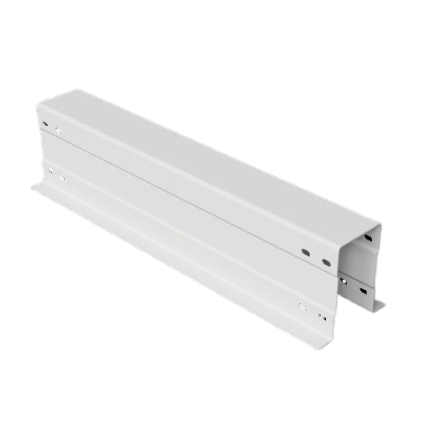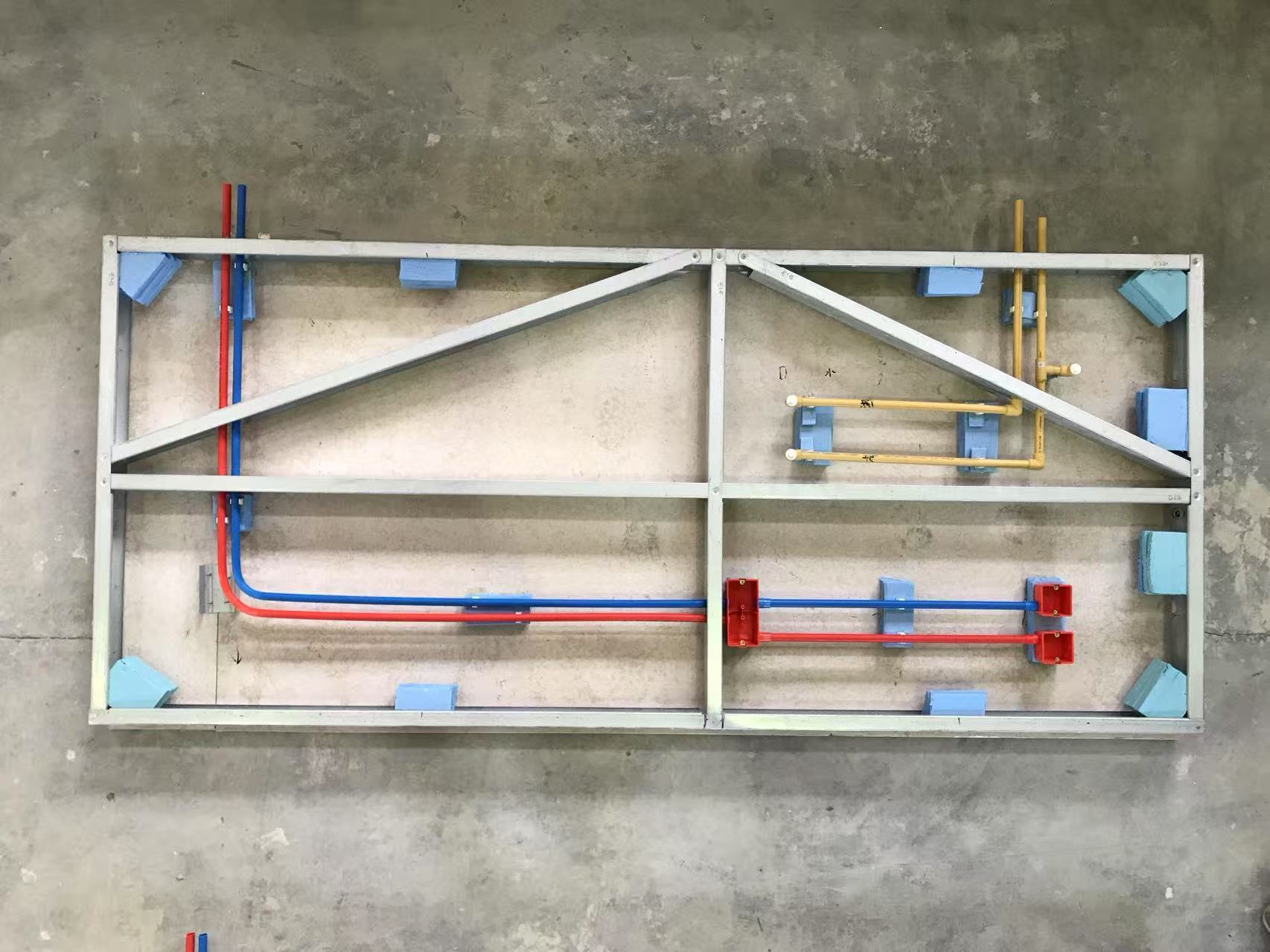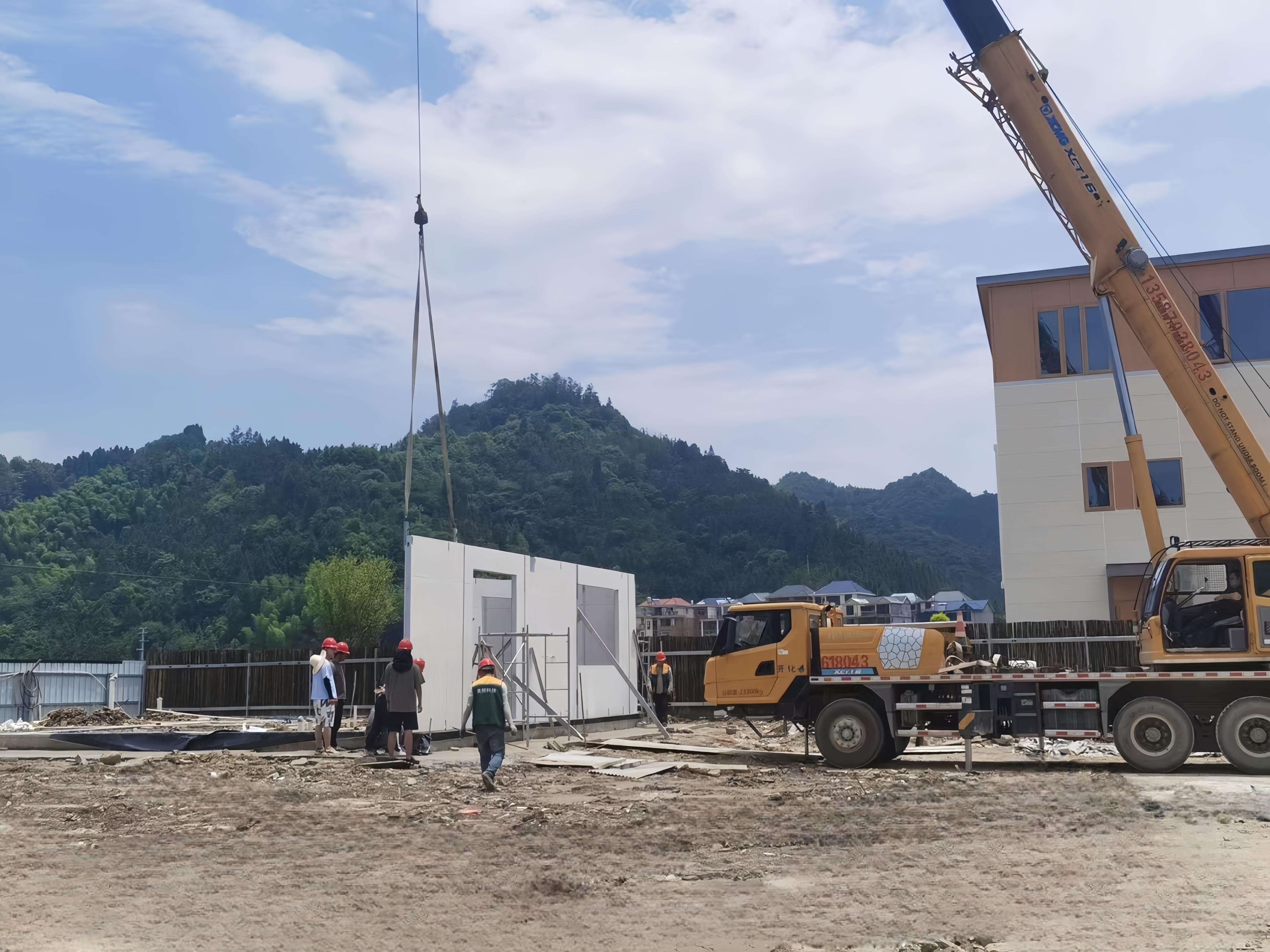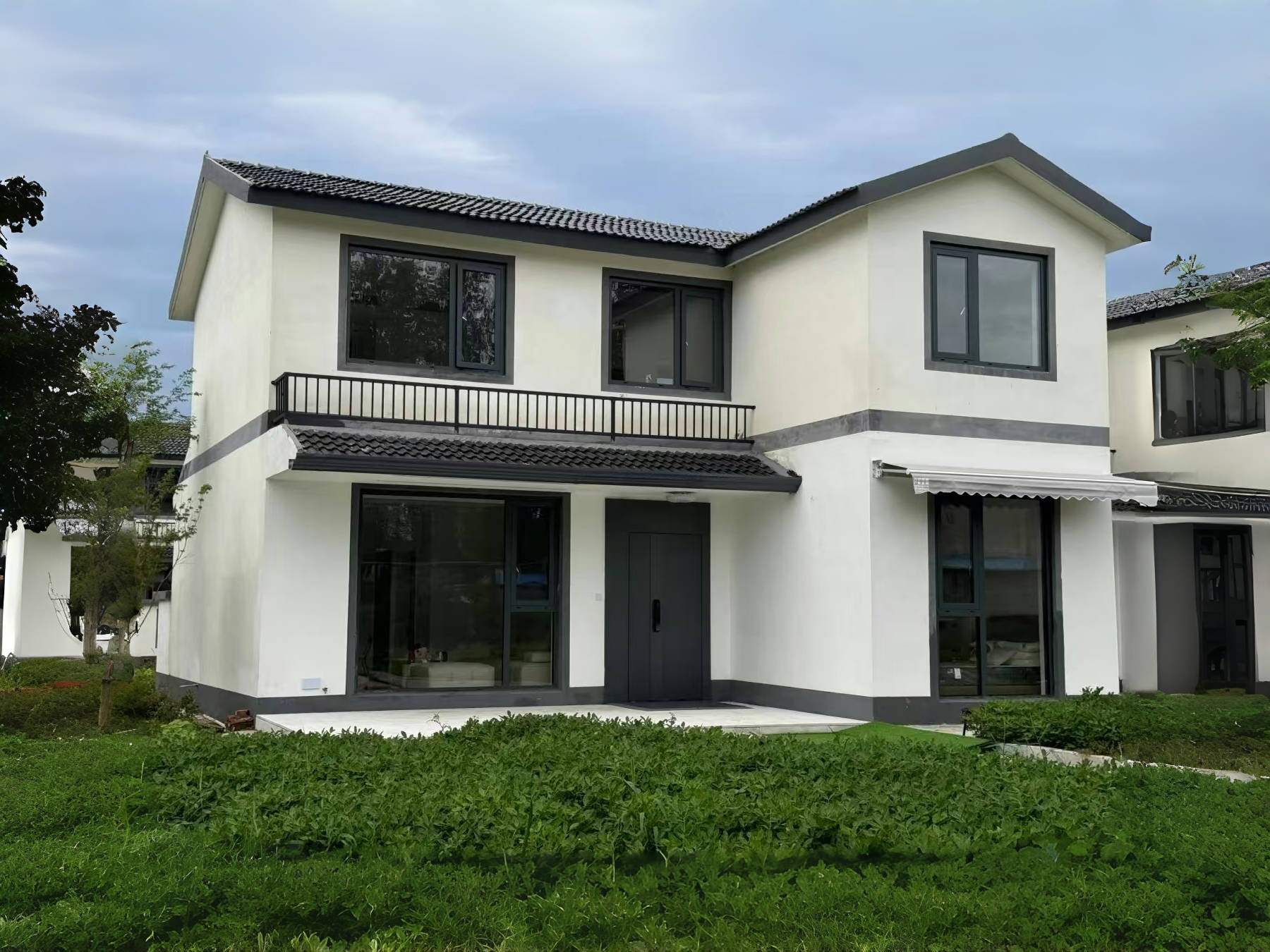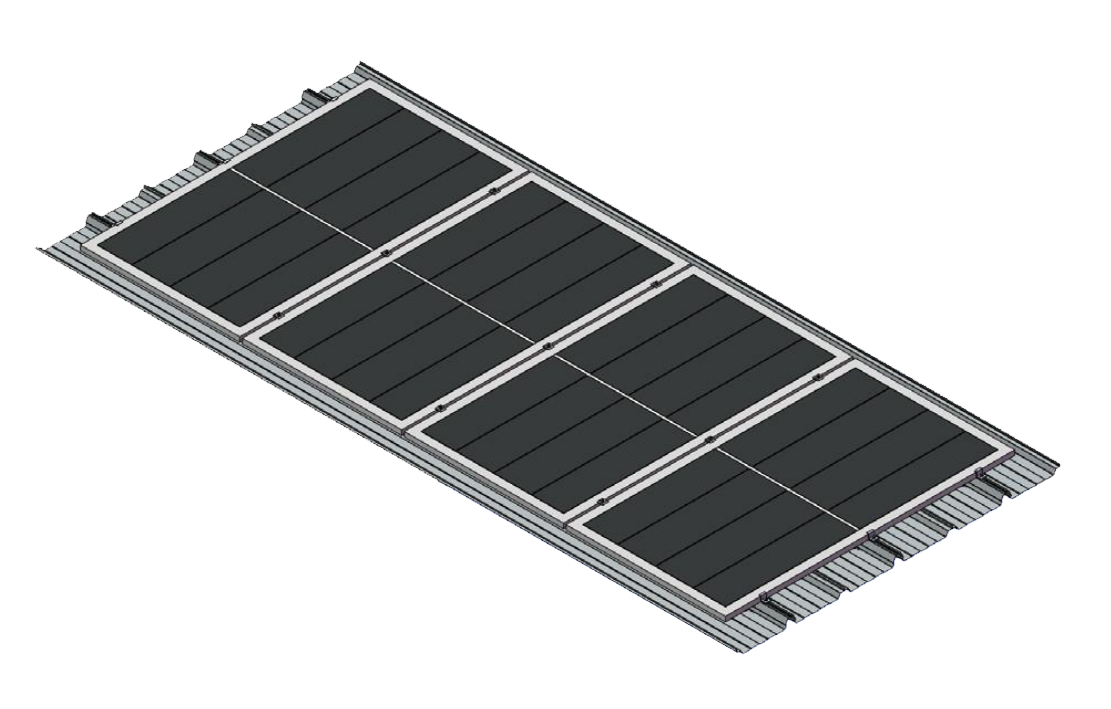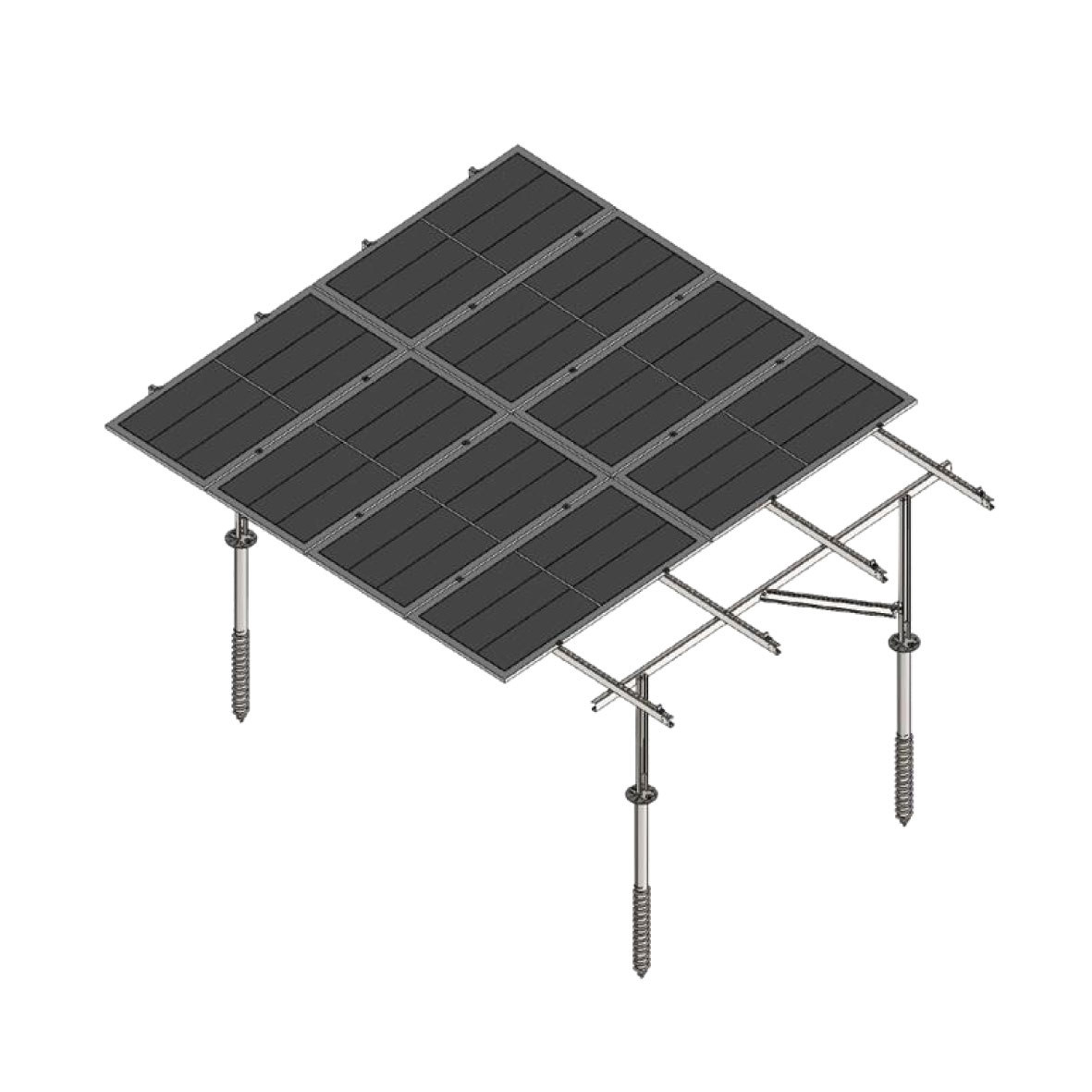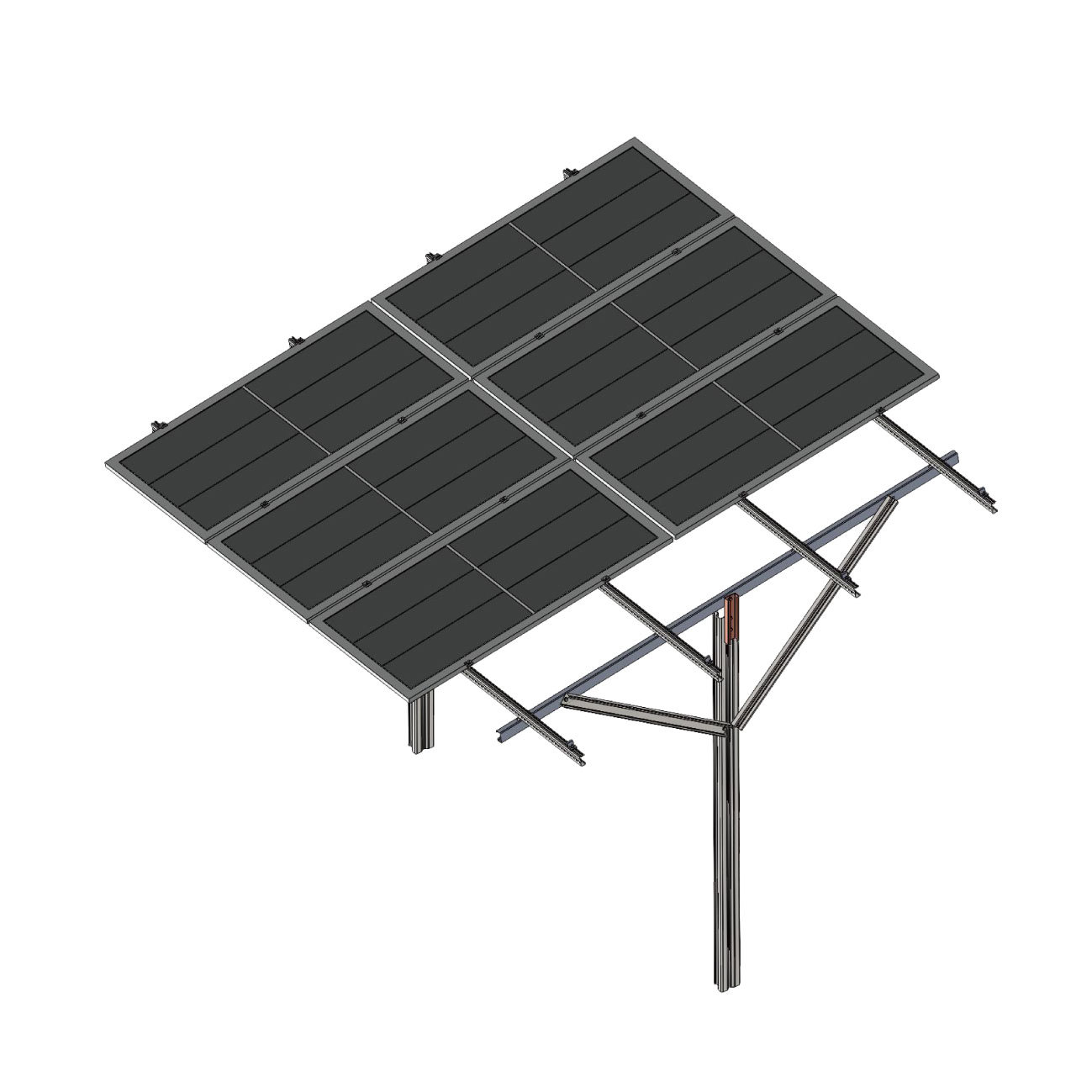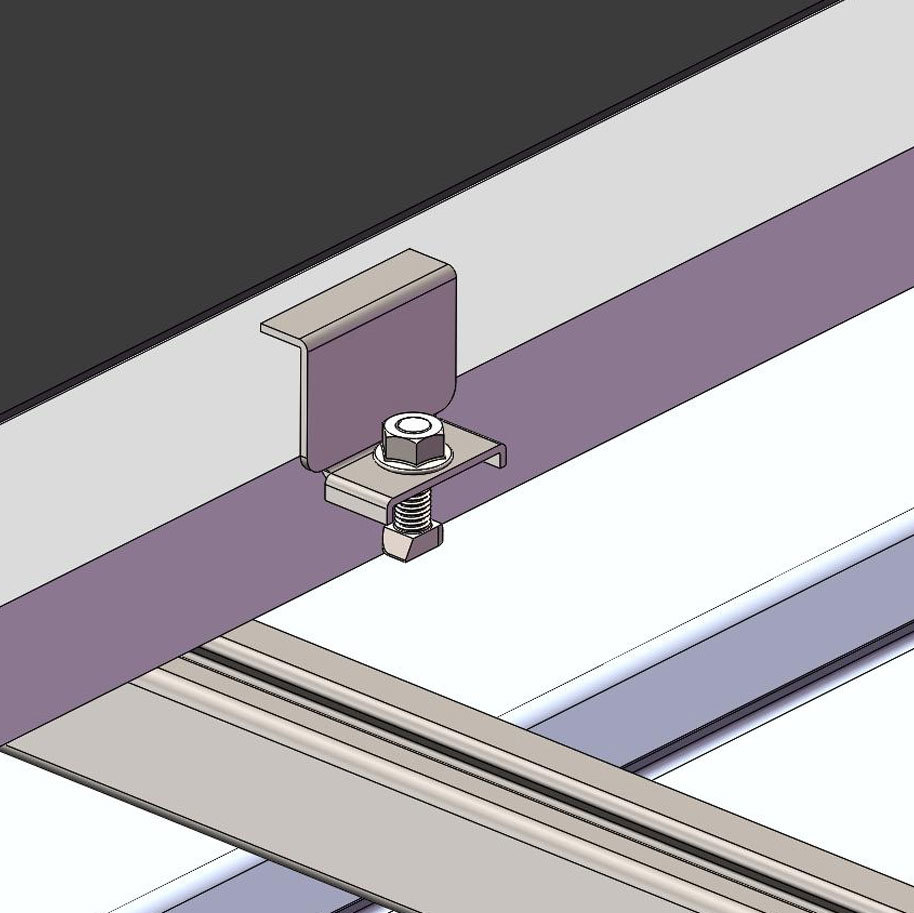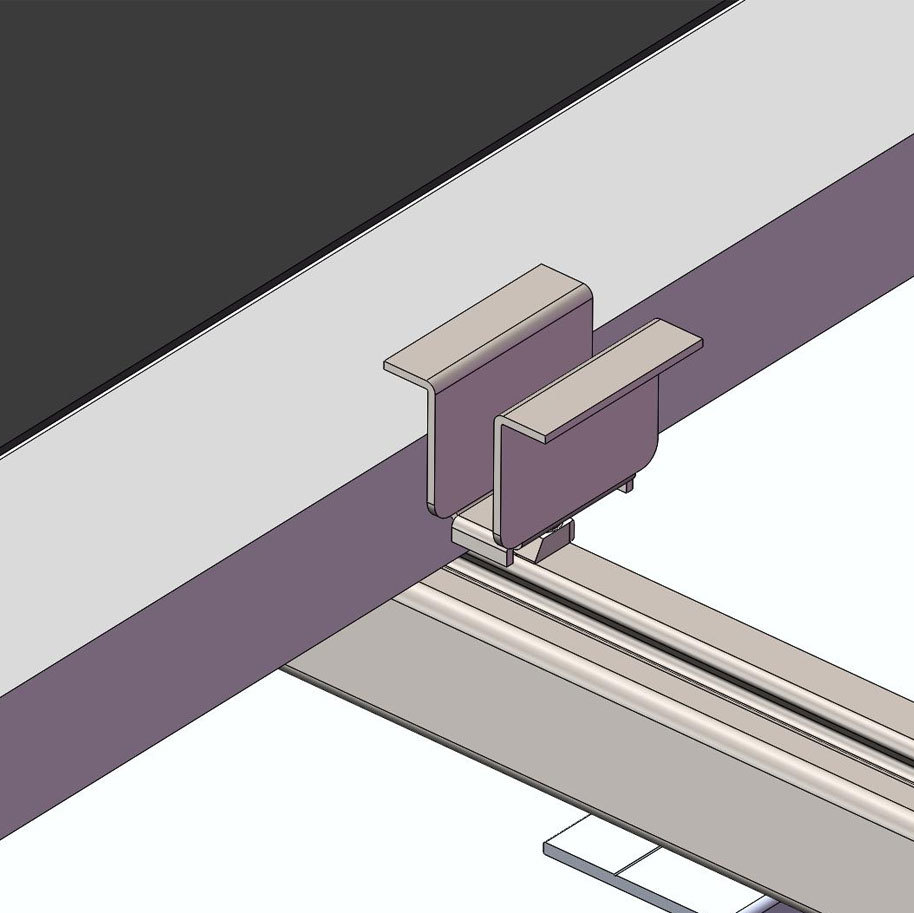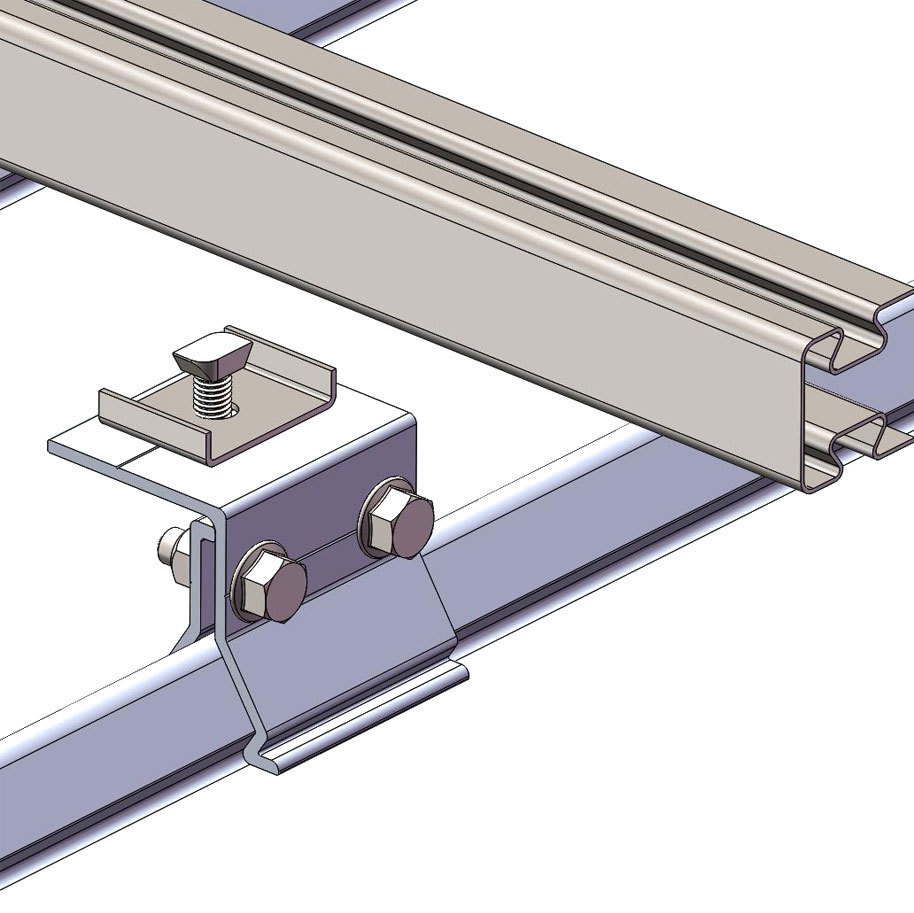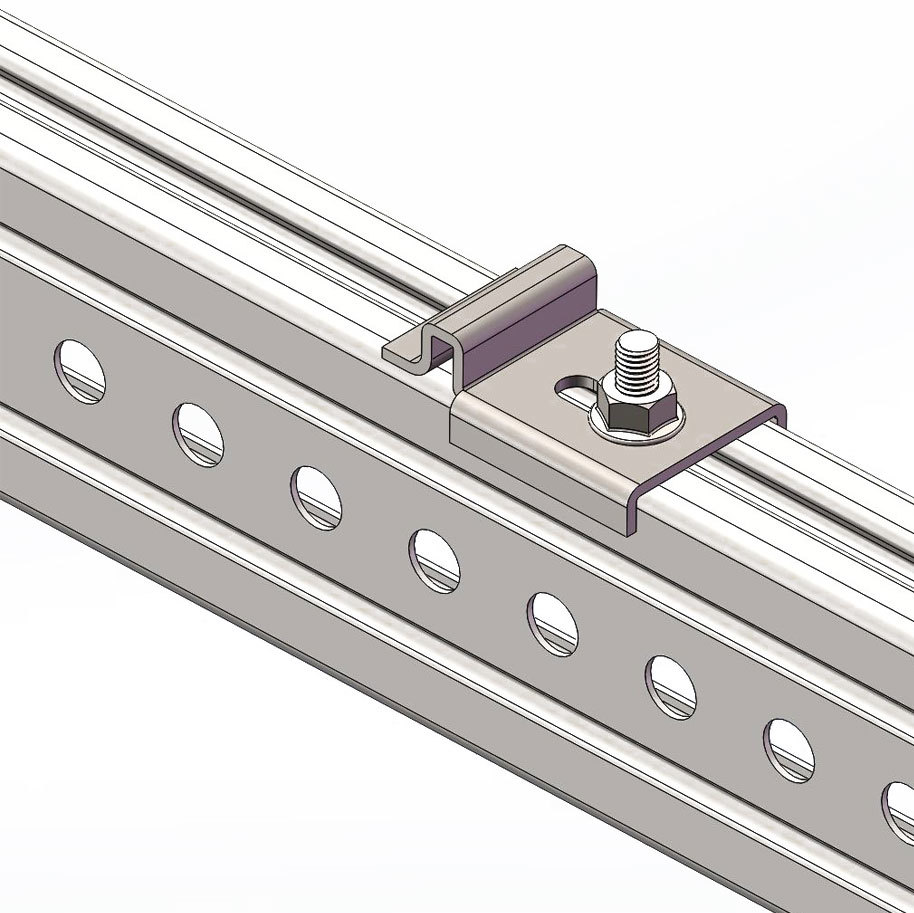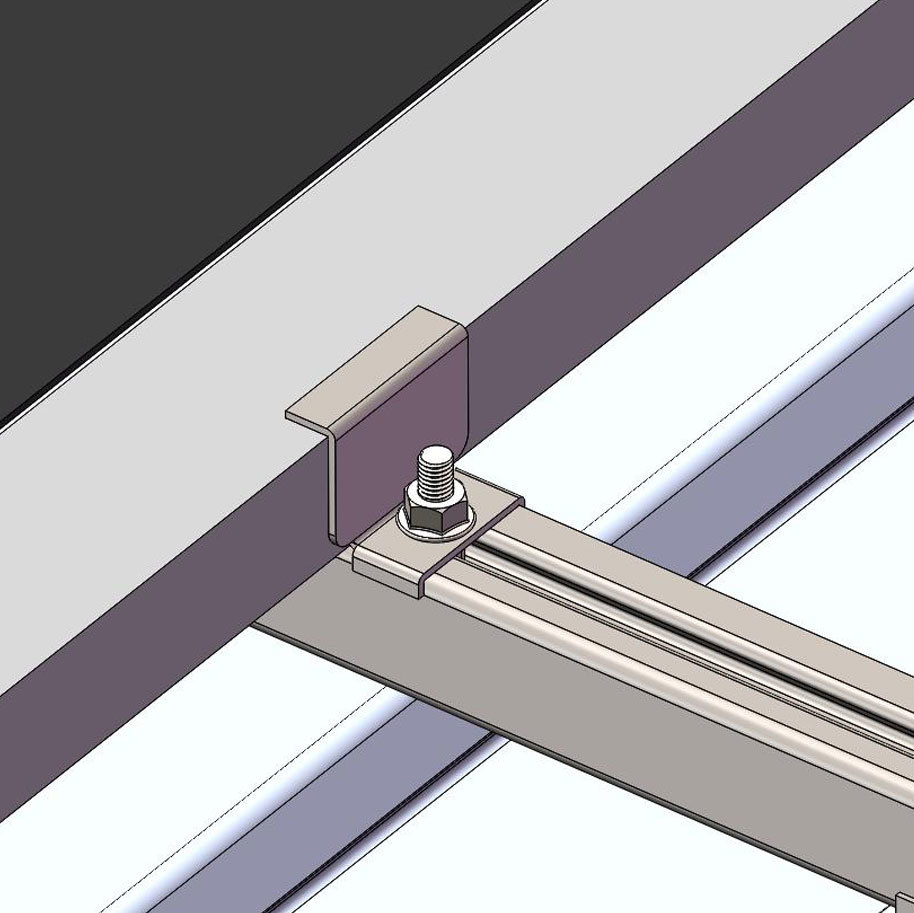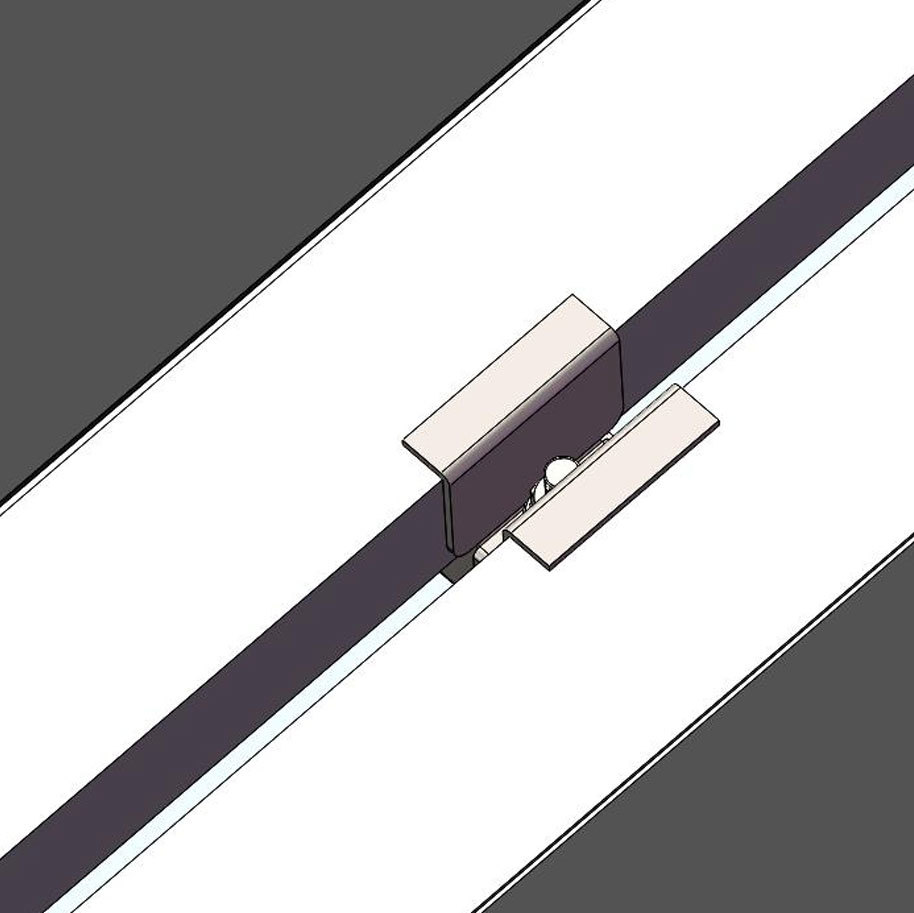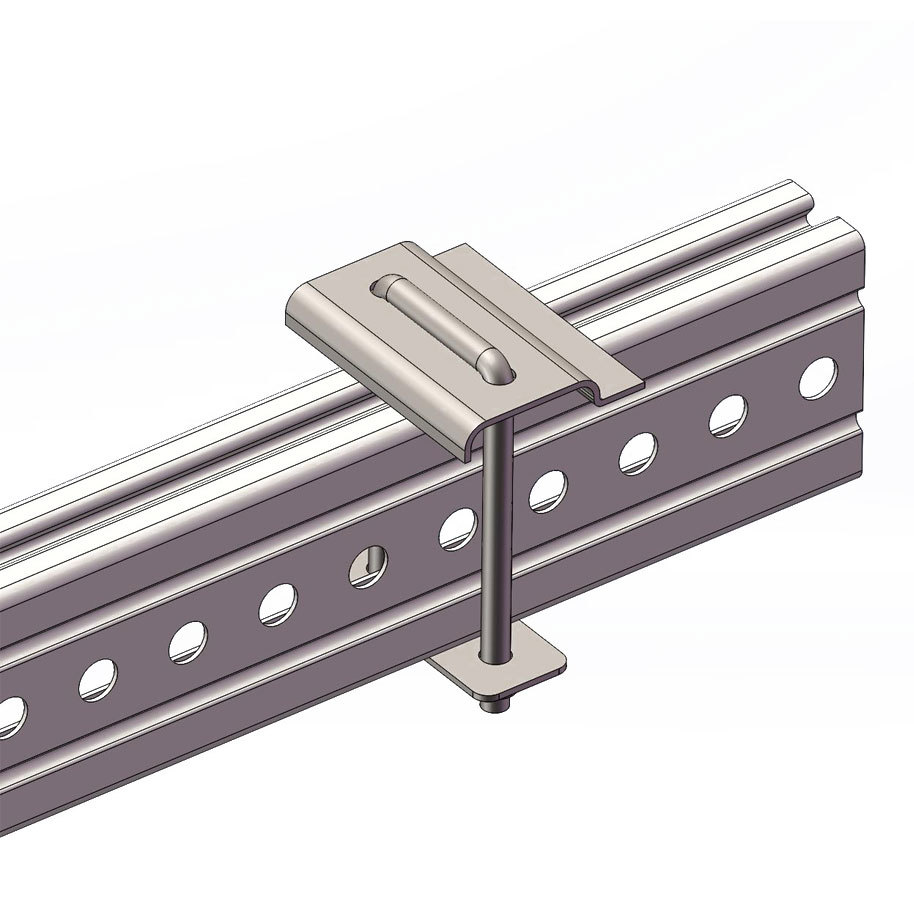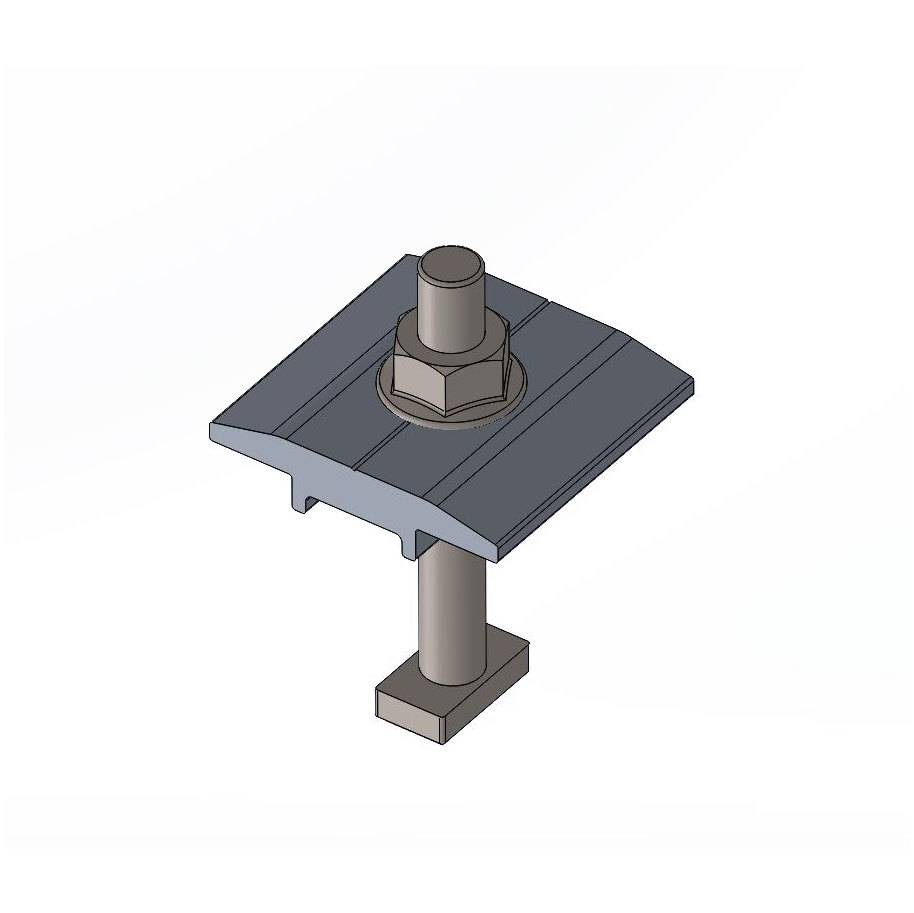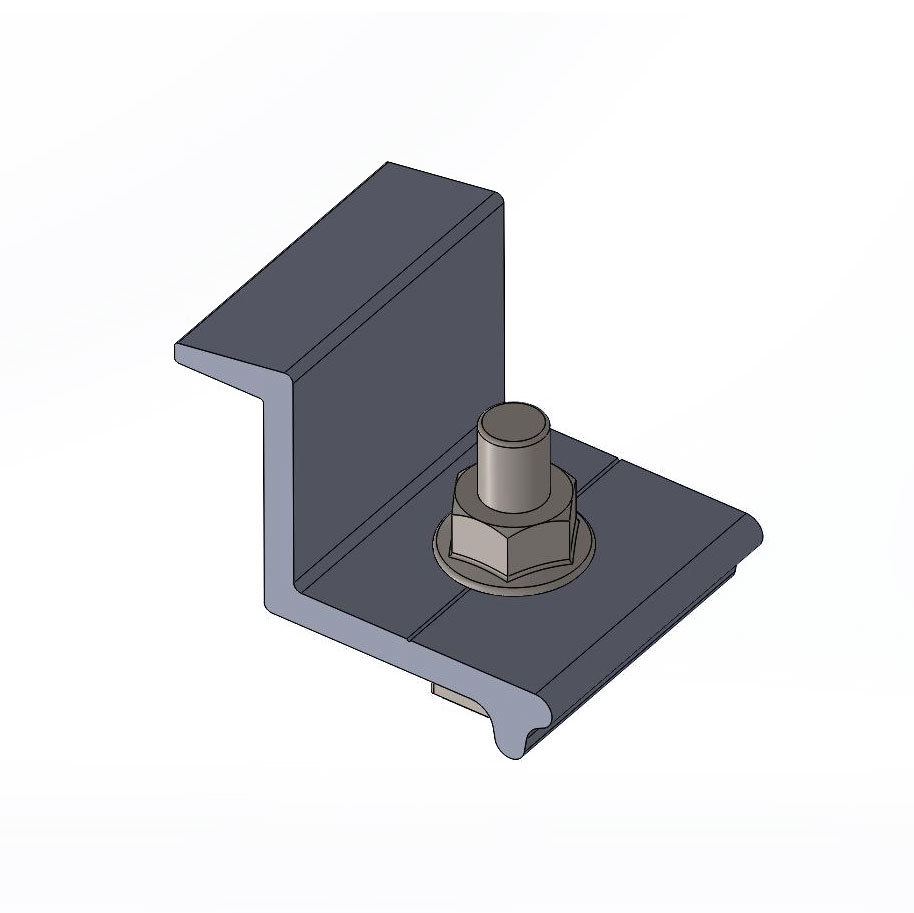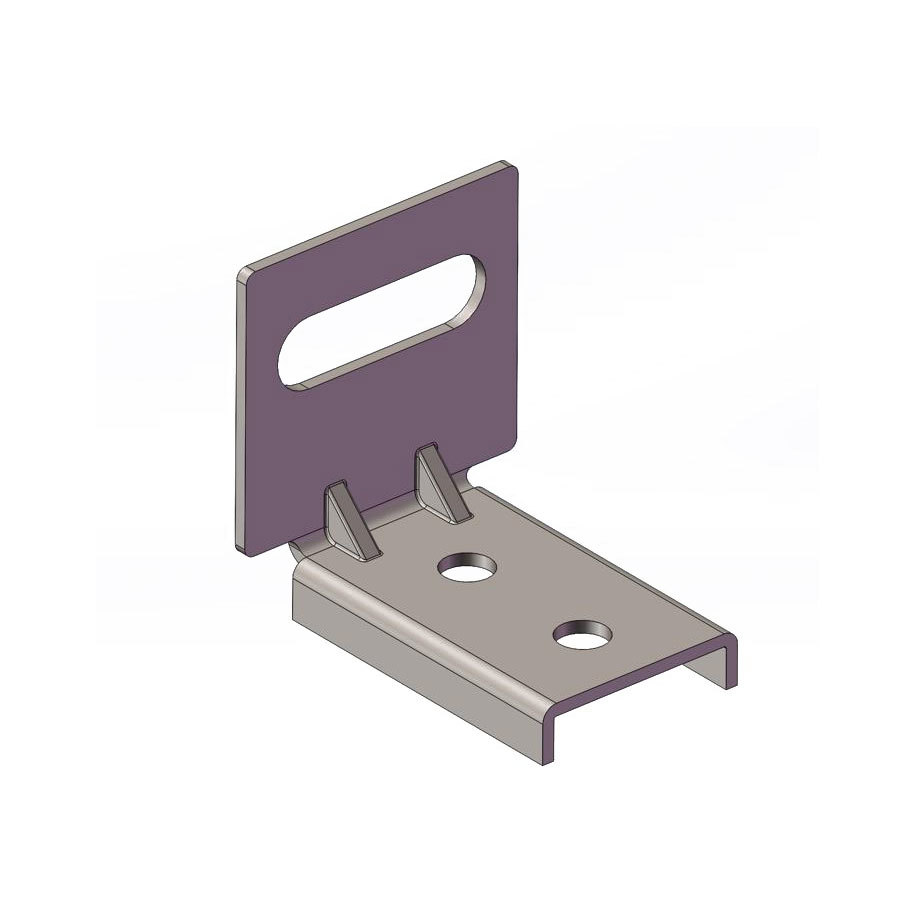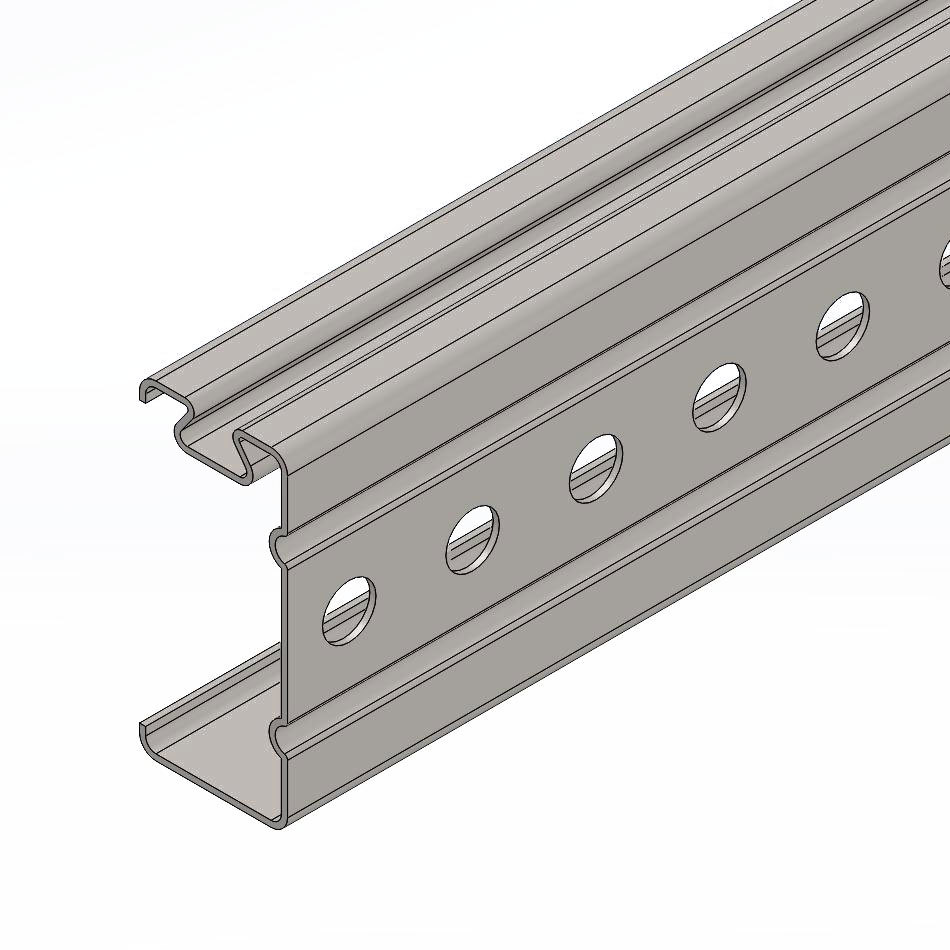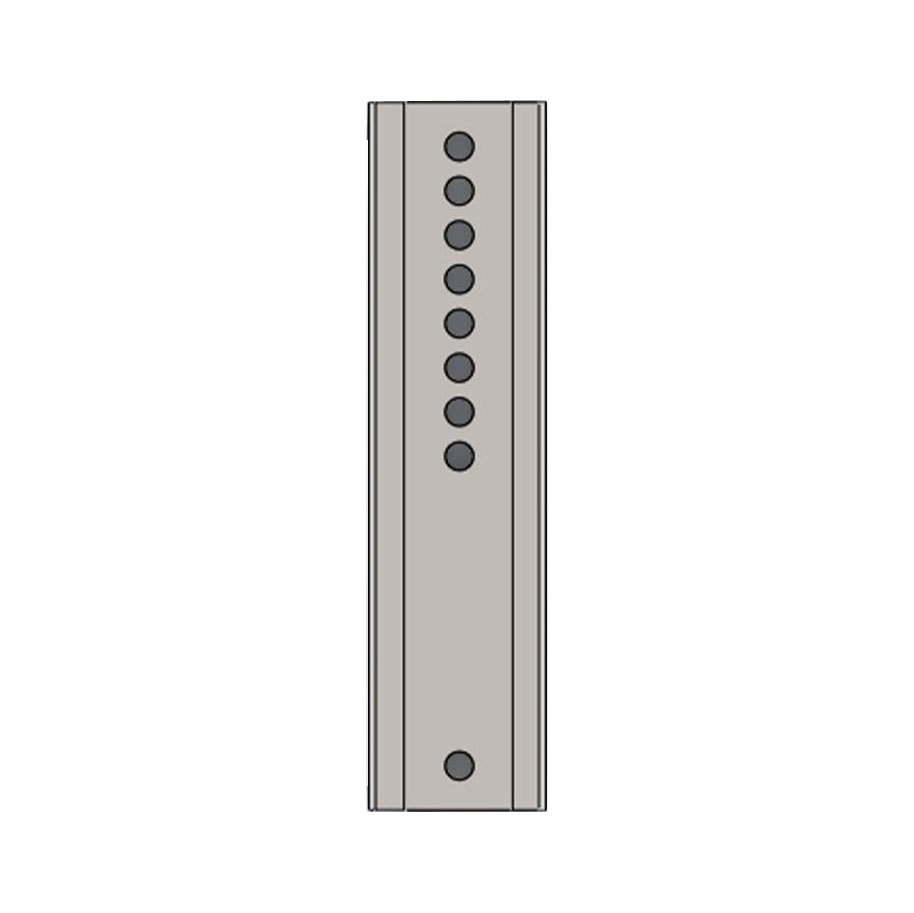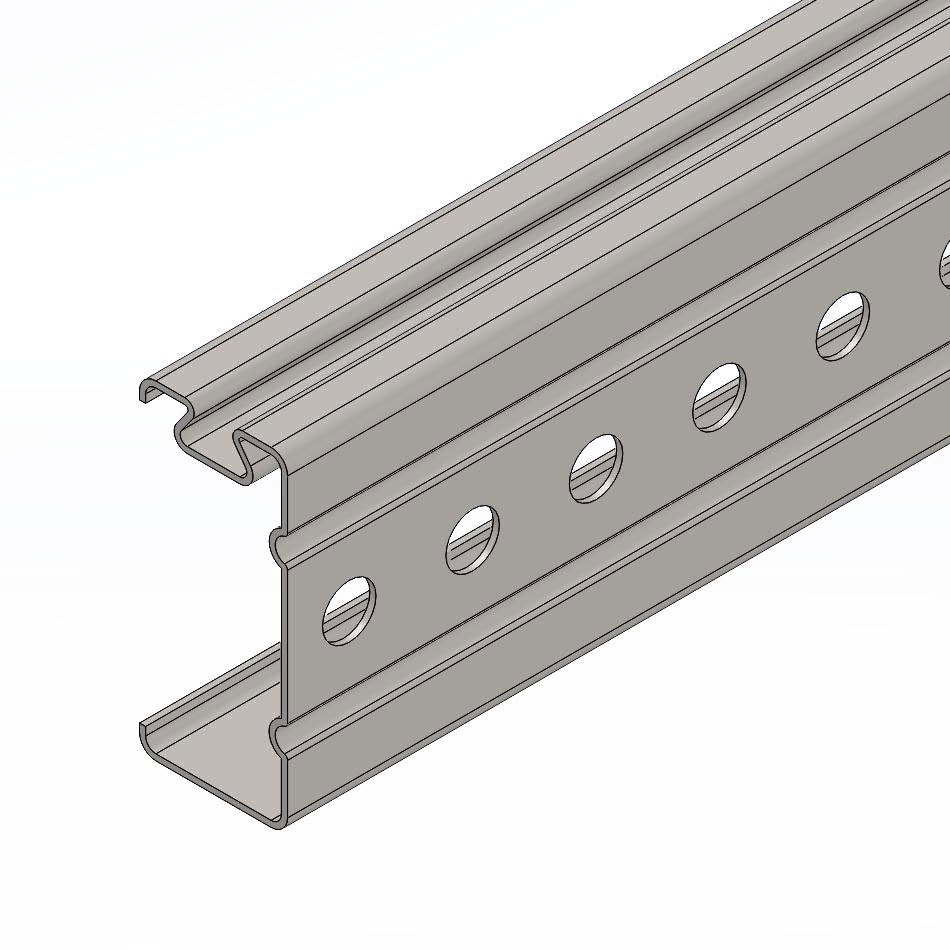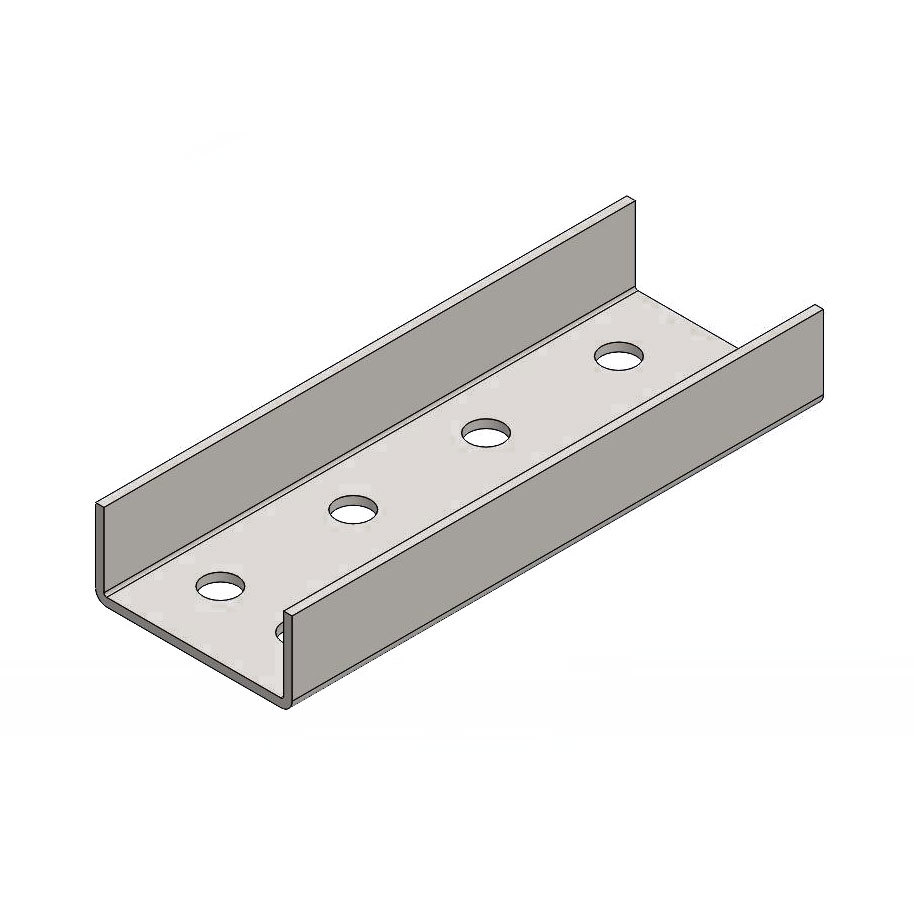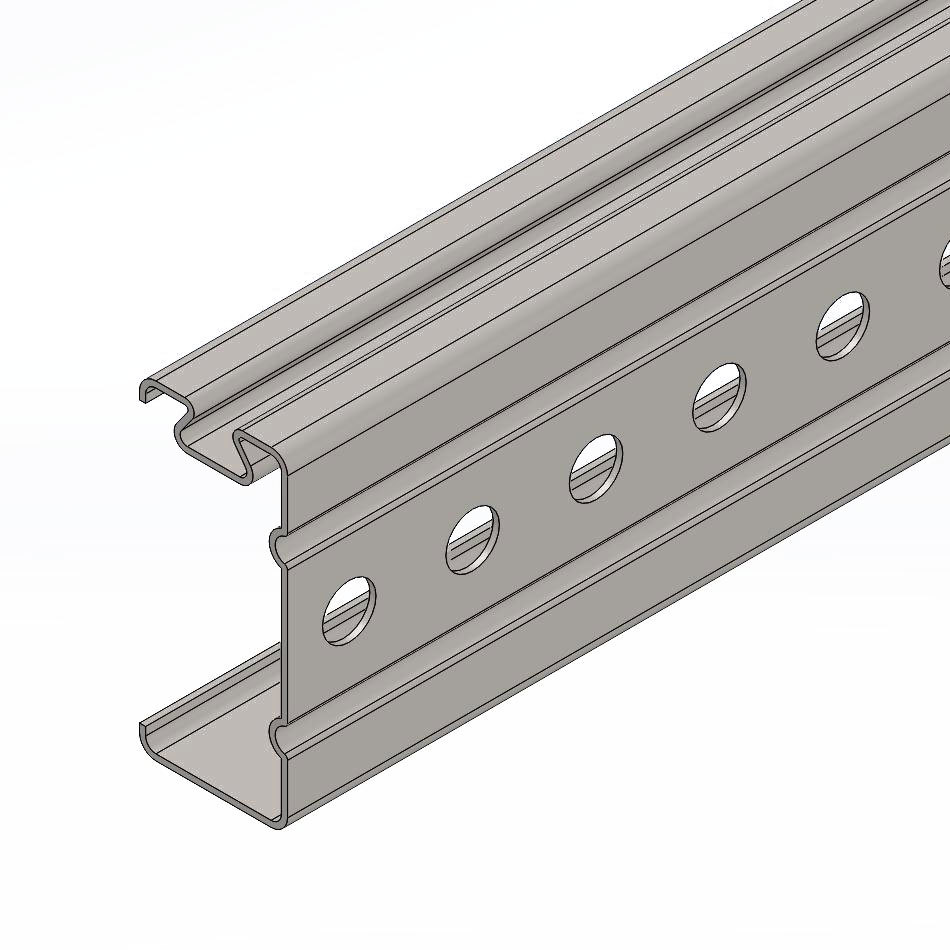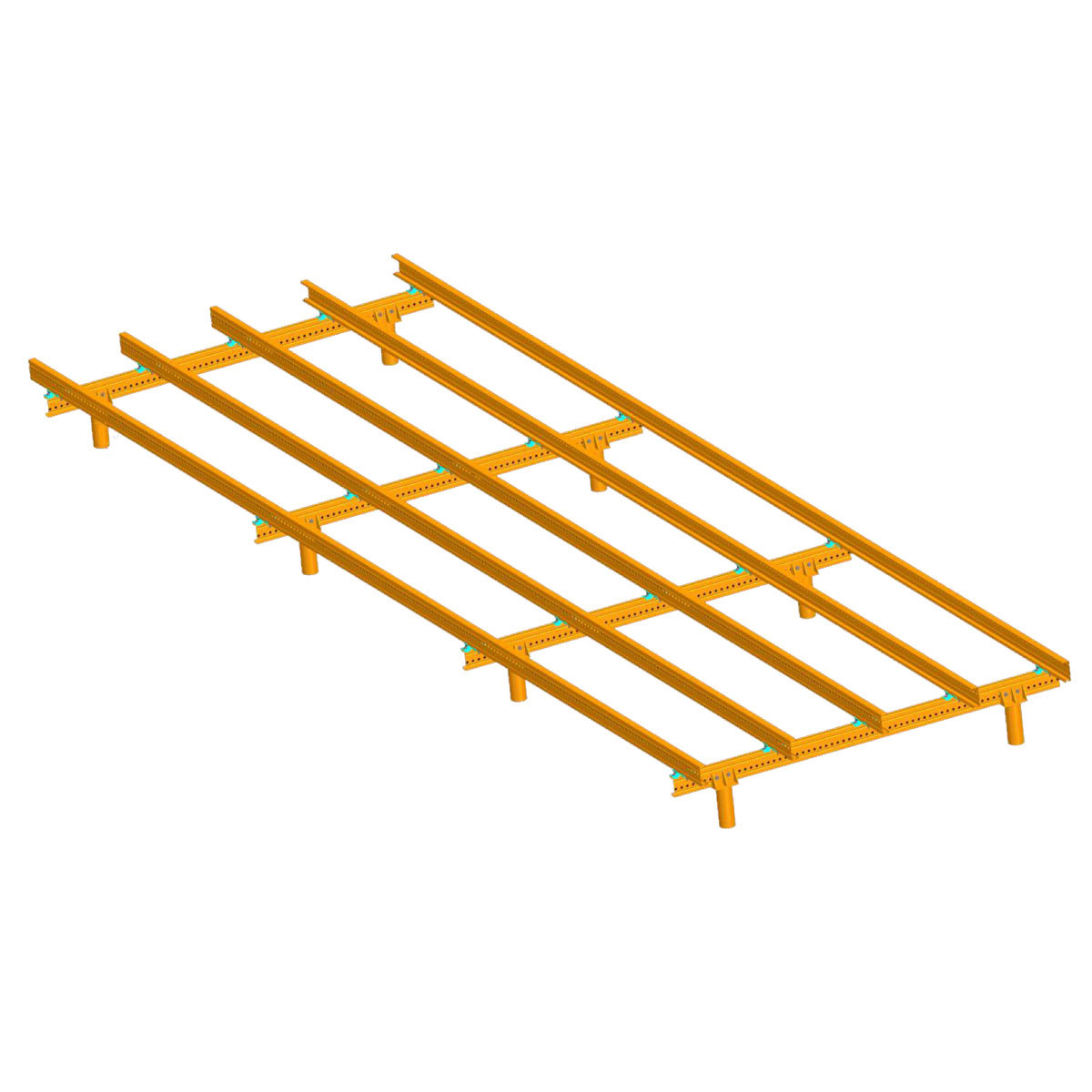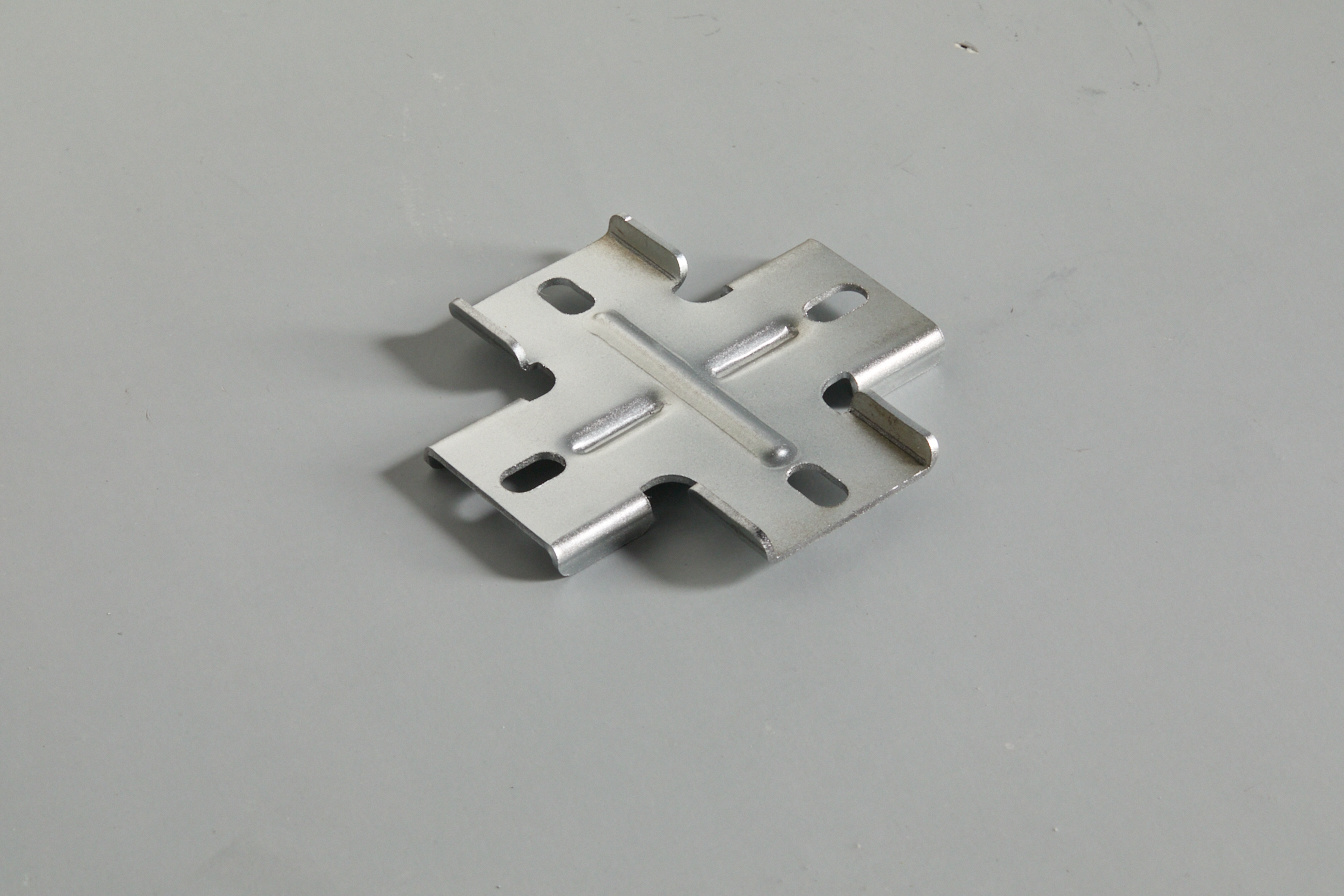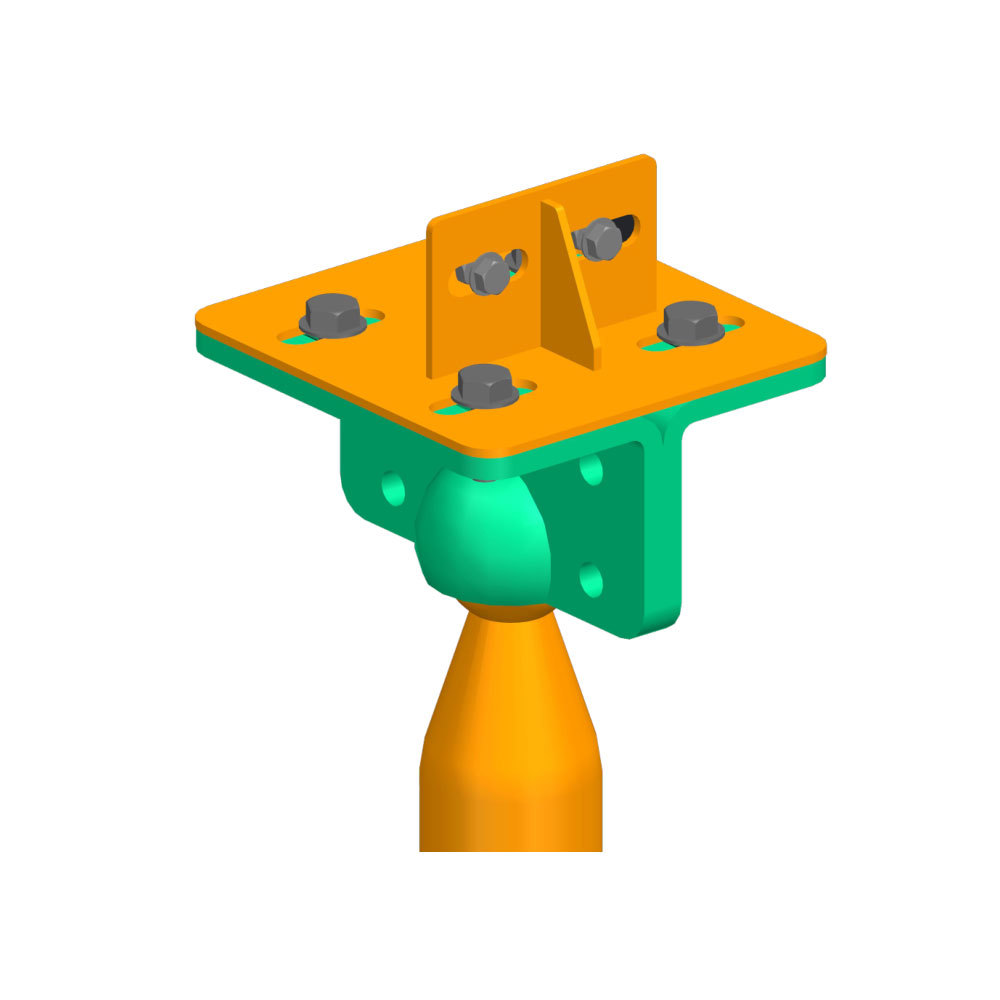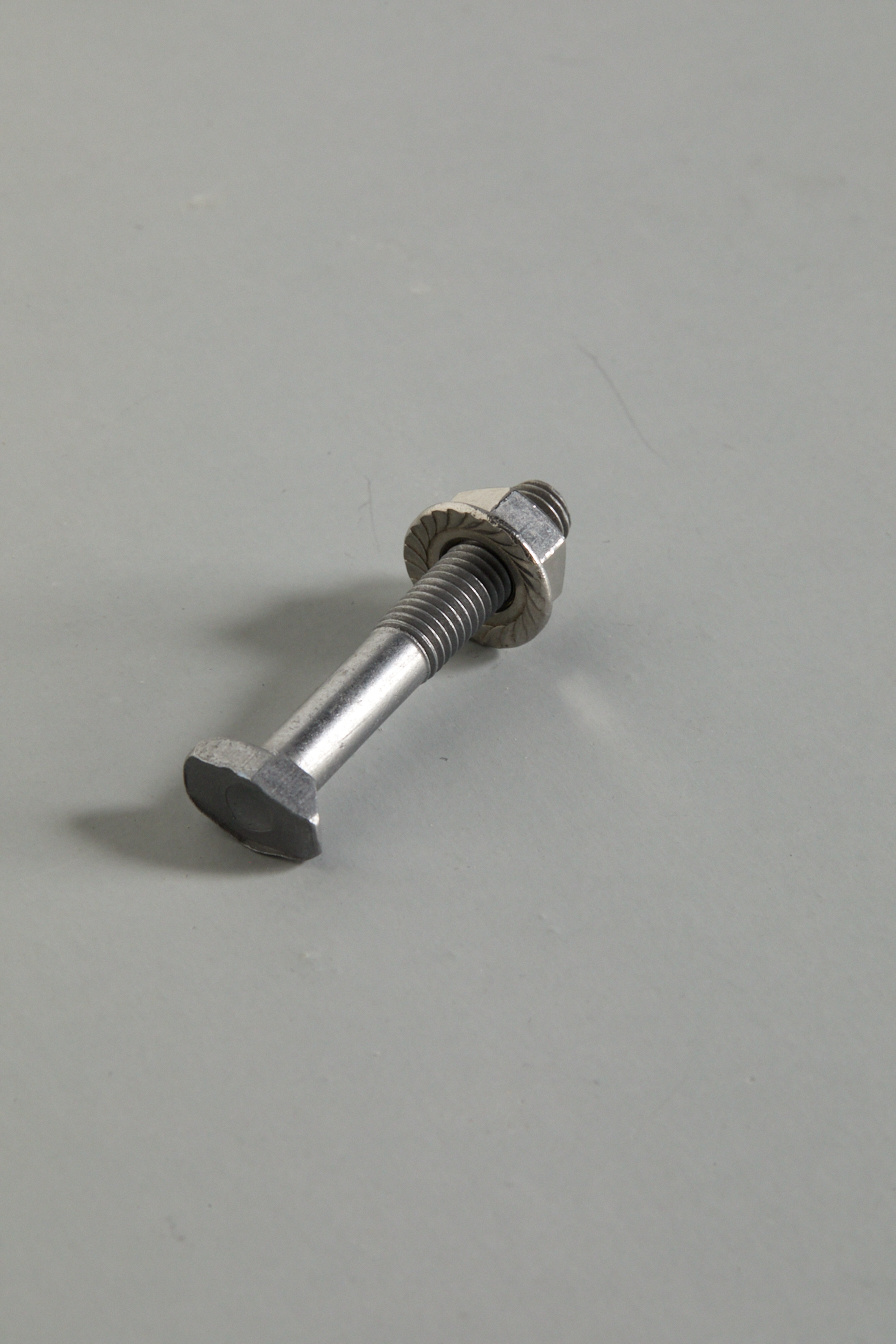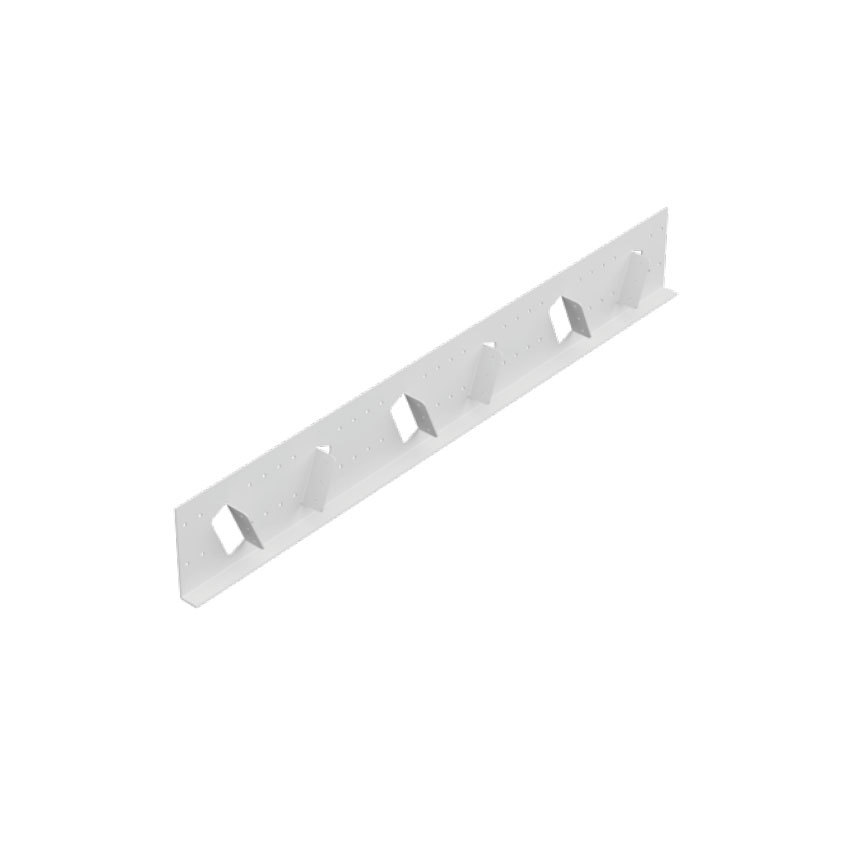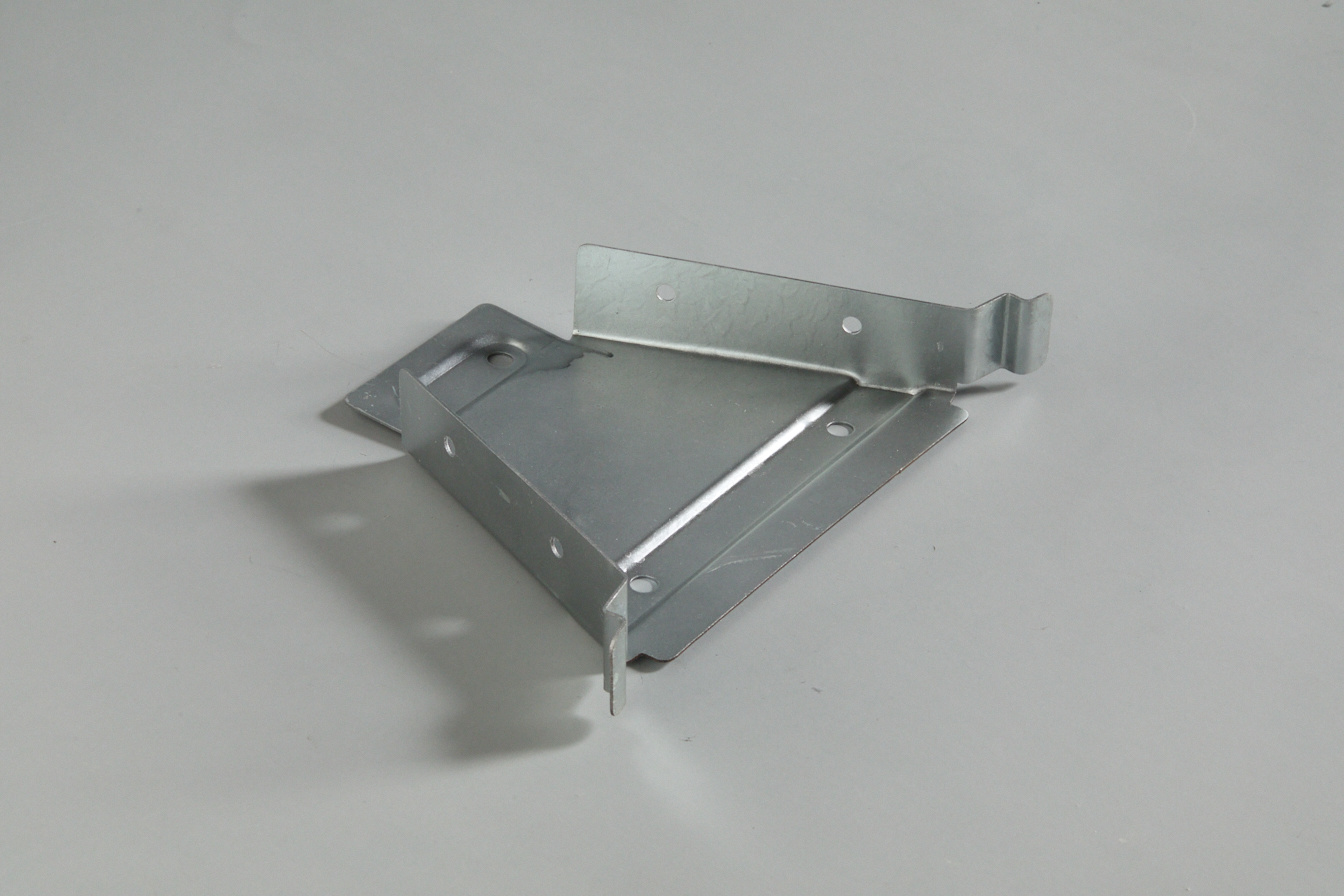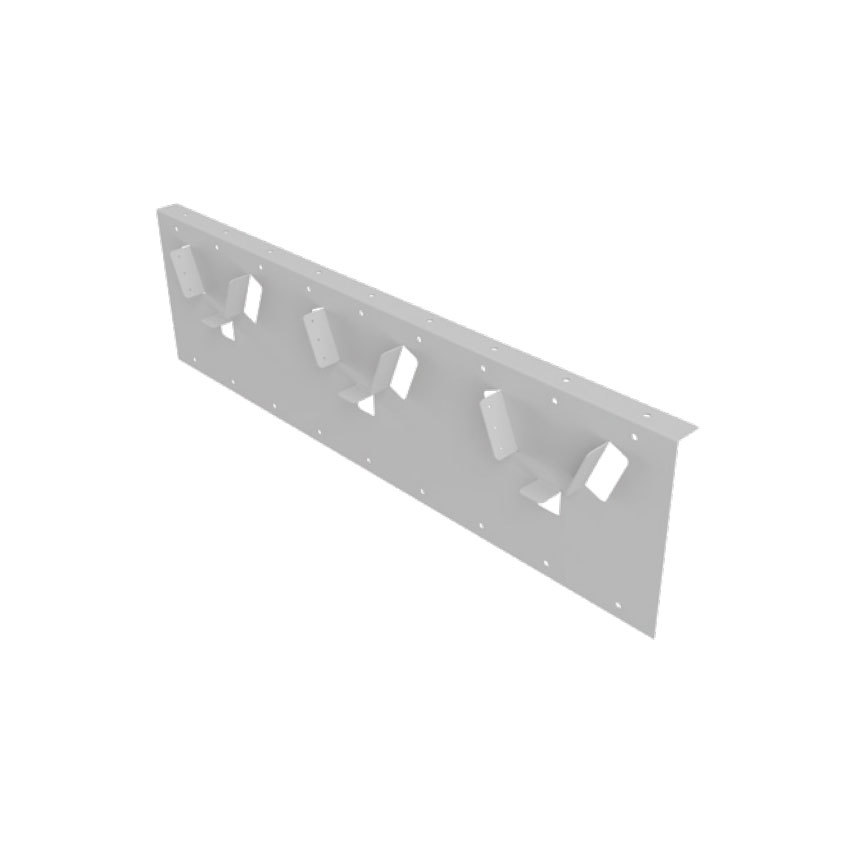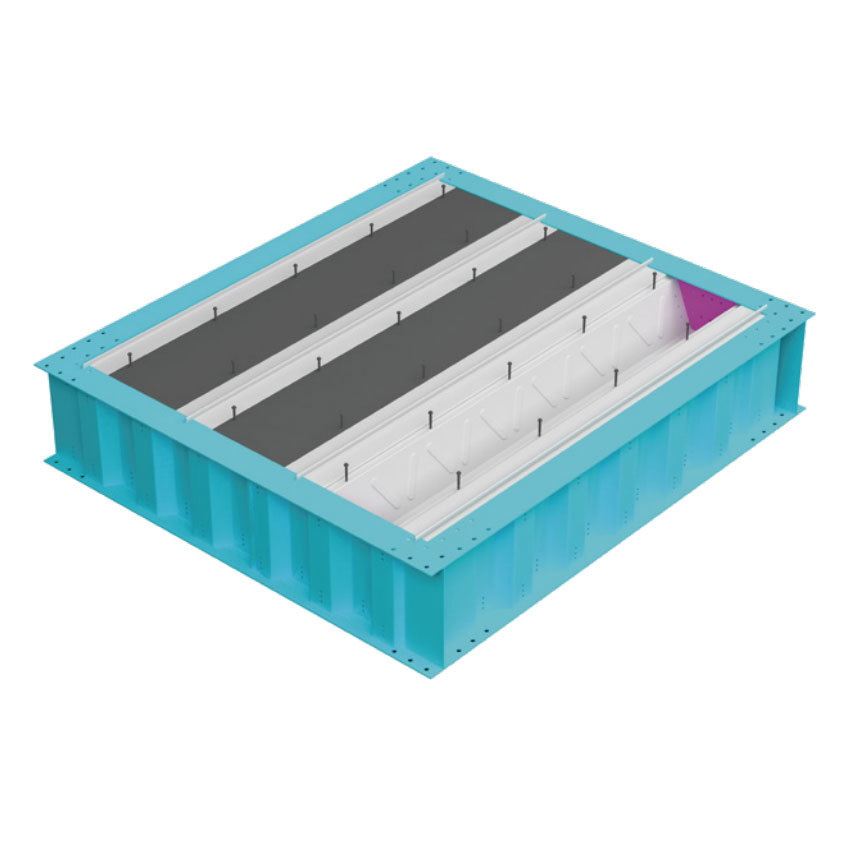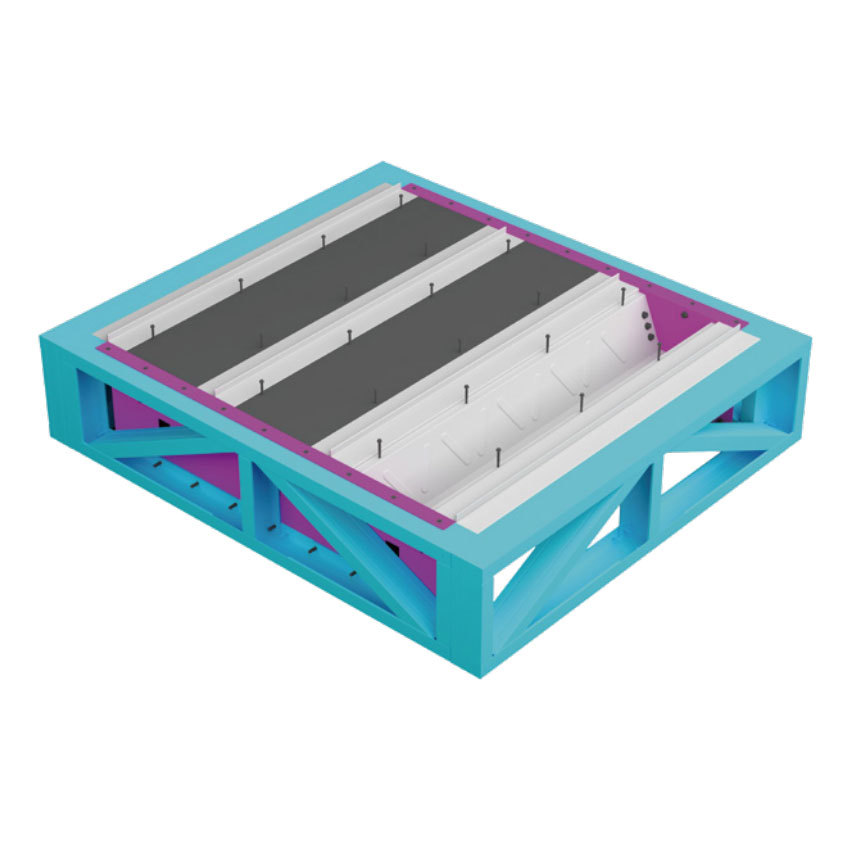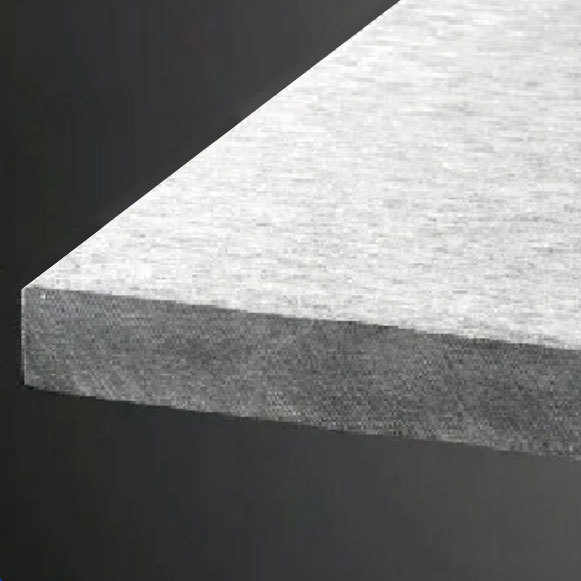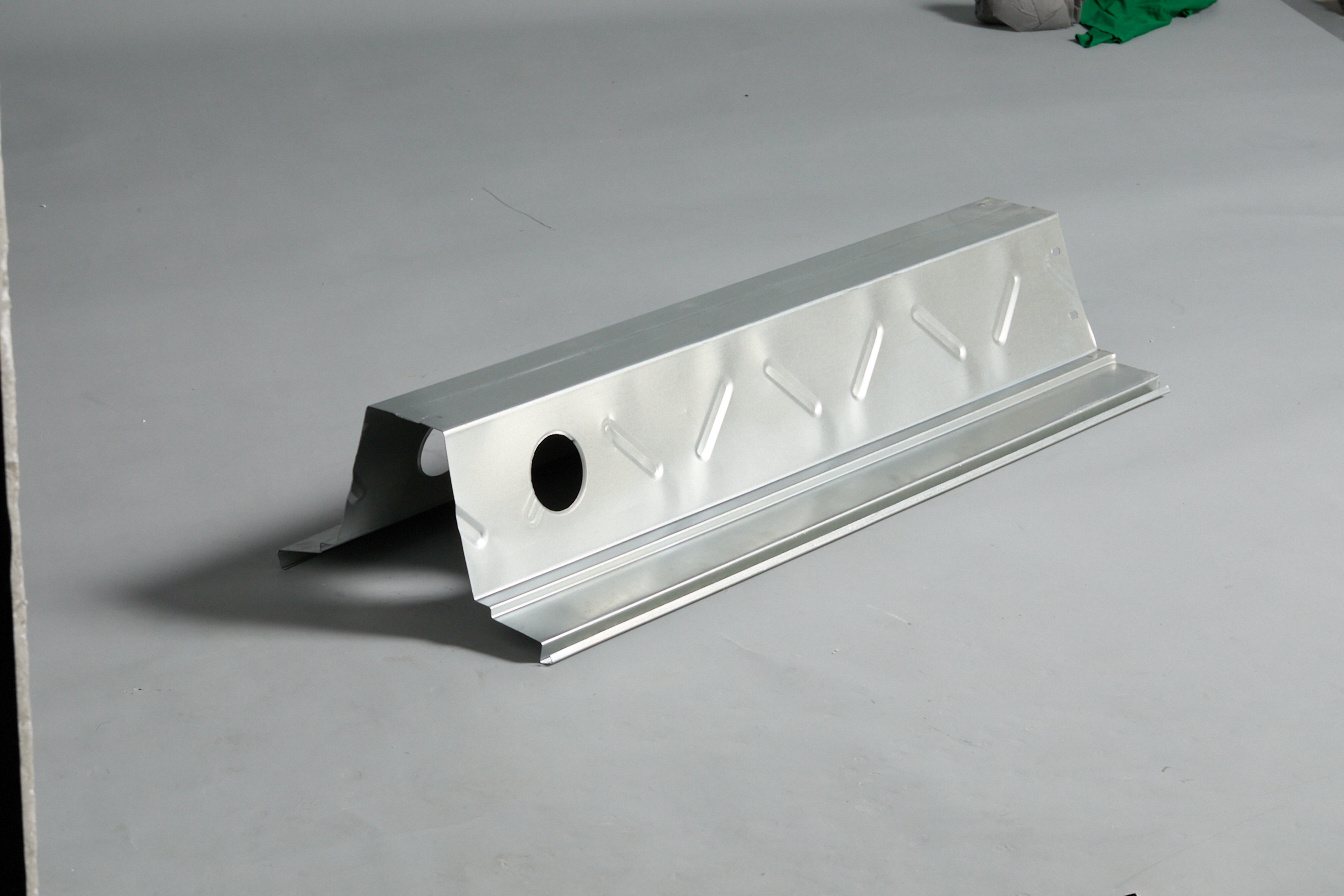Maximizing Structural Stability with Two Pile Cap: A Comprehensive Guide
Release Time:
2025-02-13
Source:
Maximizing Structural Stability with Two Pile Cap: A Comprehensive Guide
Table of Contents
- What is a Two Pile Cap?
- Importance of Structural Stability in Construction
- Engineering Principles Behind Pile Caps
- Design Considerations for Two Pile Caps
- Materials Used in Pile Cap Construction
- Installation Process for Two Pile Caps
- Common Challenges and Solutions
- Case Studies on Two Pile Cap Applications
- Maintenance and Monitoring of Pile Caps
- Frequently Asked Questions
What is a Two Pile Cap?
A two pile cap is a structural element that rests on two piles, acting as a foundation support system. This cap distributes loads from the superstructure to the piles below, providing stability and strength to the overall structure. The design and implementation of a two pile cap are crucial in various construction projects, particularly in areas prone to soil instability or heavy loads.
Importance of Structural Stability in Construction
Structural stability is essential in any building project. It ensures that a structure can withstand both static and dynamic loads, maintaining integrity and safety throughout its lifespan. The implementation of robust foundation systems, such as two pile caps, is vital in preventing structural failures that can lead to catastrophic consequences.
The Role of Pile Caps in Structural Stability
Pile caps serve as a critical interface between the foundation piles and the structure above. They help in evenly distributing loads from the superstructure and minimizing the risk of settlement or tilting. By connecting multiple piles, a two pile cap enhances the load-bearing capacity, making it a preferred solution in challenging soil conditions.
Engineering Principles Behind Pile Caps
The engineering behind two pile caps involves principles of mechanics, materials science, and structural analysis. Understanding these principles allows engineers to design effective pile cap solutions tailored to specific project requirements.
Load Distribution
Two pile caps are designed to distribute loads from the structure evenly across the two piles. This distribution is critical in ensuring that neither pile is over-loaded, which can lead to structural failure. Engineers use calculations based on expected loads, including live loads, dead loads, and environmental factors, to determine the appropriate dimensions and reinforcement for the pile cap.
Soil Interaction
The interaction between the pile cap and the surrounding soil is another crucial consideration. Factors such as soil type, compaction, and load-bearing capacity significantly influence the design of the pile cap. Engineers must conduct thorough soil investigations to inform their designs and ensure optimal performance.
Design Considerations for Two Pile Caps
Several key factors must be taken into account when designing two pile caps. These considerations ensure that the pile caps meet the structural requirements while adhering to safety regulations.
Dimensional Requirements
The dimensions of a two pile cap depend on various factors, including the size of the piles, the load to be supported, and the spacing between the piles. Typically, the cap should extend beyond the outer edges of the piles to provide sufficient support and stability. Engineers perform calculations to determine the optimal cap thickness and breadth, often using guidelines from building codes and standards.
Reinforcement Strategies
Proper reinforcement is crucial for enhancing the strength and durability of a two pile cap. This involves integrating steel reinforcement bars (rebar) within the concrete. The placement and quantity of the rebar depend on the anticipated loads, environmental conditions, and design specifications. Engineers must adhere to best practices to ensure that the reinforcement effectively contributes to the cap's strength.
Materials Used in Pile Cap Construction
The choice of materials for constructing two pile caps plays a significant role in their performance and longevity. High-quality materials ensure the structural integrity and durability necessary for long-term stability.
Concrete Specifications
Concrete is the primary material used in pile cap construction. The type of concrete selected should meet specific strength and durability requirements. High-strength concrete is often preferred to withstand heavy loads and environmental exposure. Additionally, the concrete mix should be designed to minimize shrinkage and cracking, which can compromise the cap's integrity over time.
Reinforcement Types
Incorporating the right type of reinforcement is essential for achieving the desired performance of the pile cap. Common choices include:
- Steel Rebar: Used for its high tensile strength and flexibility in construction.
- Fiber Reinforcement: Enhances crack resistance and overall durability.
- Prestressing Strands: Used to create pre-stressed concrete elements, providing added strength under load.
Installation Process for Two Pile Caps
The installation of a two pile cap requires careful planning and execution to ensure its effectiveness. The following steps outline the typical installation process:
Site Preparation
Before installation, the site must be thoroughly prepared. This includes clearing the area, conducting soil testing, and ensuring that the piles are properly installed according to design specifications.
Formwork and Rebar Placement
Once the site is ready, formwork is constructed to shape the concrete. Reinforcement bars are placed within the formwork, ensuring that they are positioned according to the engineering design. Proper placement is crucial for achieving the desired load-bearing capacity.
Concrete Pouring and Curing
After the reinforcement is in place, concrete is poured into the formwork. It is essential to ensure even distribution and proper consolidation to eliminate air pockets. Curing the concrete adequately is vital to achieving optimal strength and durability.
Common Challenges and Solutions
While constructing two pile caps is generally straightforward, several challenges may arise during the process. Understanding these challenges and their solutions is key to successful implementation.
Soil Variability
One common challenge is dealing with soil variability, which can affect load-bearing capacity. Conducting comprehensive soil tests before installation can mitigate risks. If unexpected soil conditions are encountered, adjustments to the pile cap design may be necessary.
Water Ingress
Water ingress can weaken the structural integrity of a pile cap. To address this, proper drainage systems should be installed, and water-resistant materials can be utilized to protect the pile cap and surrounding structures.
Case Studies on Two Pile Cap Applications
Examining real-world applications of two pile caps can offer valuable insights into their effectiveness. Here are a few notable case studies:
Urban High-Rise Development
In a recent urban high-rise project, engineers implemented a two pile cap system to support the building's weight in a densely populated area with poor soil conditions. The design included extensive soil analysis, resulting in a safe and stable foundation.
Coastal Infrastructure
Another successful application of two pile caps is in coastal infrastructure projects. The use of reinforced concrete caps helped mitigate the effects of soil erosion and shifting sands, ensuring long-term stability for marine structures.
Maintenance and Monitoring of Pile Caps
Regular maintenance and monitoring are essential to ensuring the longevity and effectiveness of two pile caps. Implementing a maintenance plan can help identify potential issues early and address them before they escalate.
Visual Inspections
Routine visual inspections should be conducted to identify any signs of distress or degradation in the pile caps. Engineers should look for cracks, corrosion of reinforcement, and any signs of settlement.
Load Testing
Performing load tests periodically can help evaluate the performance of the pile caps under actual conditions. This testing can inform necessary adjustments or repairs to maintain structural integrity.
Frequently Asked Questions
1. What is the main advantage of using a two pile cap?
The primary advantage of a two pile cap is its ability to provide enhanced load distribution and stability, making it ideal for structures built on unstable soil.
2. How do I determine the size of a two pile cap?
The size of a two pile cap is determined based on the load requirements, the spacing of the piles, and the properties of the surrounding soil. Consulting with a structural engineer is crucial for accurate sizing.
3. What materials are best for constructing a two pile cap?
High-strength concrete and durable reinforcement materials, such as steel rebar, are preferred for constructing a two pile cap. These materials ensure the cap can withstand anticipated loads and environmental conditions.
4. How often should pile caps be inspected?
It is recommended to conduct visual inspections of pile caps at least annually, with more frequent inspections after severe weather events or if structural concerns arise.
5. Can two pile caps be used in seismic areas?
Yes, two pile caps can be designed to withstand seismic forces by incorporating additional reinforcement and considering dynamic loads during the design phase.
Conclusion
Maximizing structural stability through the implementation of a two pile cap system is an essential consideration in modern construction. By understanding the engineering principles, design considerations, and maintenance practices associated with two pile caps, construction professionals can enhance the durability and safety of their projects. Thorough planning, effective material selection, and regular monitoring are vital in ensuring the success of this foundation solution. With the right approach, two pile caps can provide a robust framework for structures, ensuring they stand the test of time.
Related Information

HaoHeng Group
Address: Room 1808, Block A, Vanke Cloud City, Jiemei District, Xiamen City, Fujian Province
Business cooperation:
Copyright © HaoHeng (FuJian) Building Materials Technology Co, Ltd. All rights reserved































